Globall Art Vancouver International Airport (CYVR)
Introduction
Wikipedia states that Vancouver International Airport (IATA: YVR, ICAO: CYVR) is an international airport in Richmond, British Columbia. It is located 12 km (7.5 mi) from Downtown Vancouver. It is the second busiest airport in Canada by aircraft movements (306,799) and passengers (25.9 million), behind Toronto Pearson International Airport. It is often described as a trans-Pacific hub, with more direct flights to China than any other airport in North America or Europe.
It is a hub for Air Canada and WestJet, and an operating base for Air Transat. Vancouver International Airport is one of eight Canadian airports that have US Border Pre-clearance facilities. It is also one of the few major international airports to have a terminal for scheduled floatplanes. The airport is located on Sea Island, and is managed by Vancouver Airport Authority, a not-for-profit organisation.
The present main terminal was completed in 1968 and has since been expanded to include separate domestic and international terminals. A north runway was completed in 1996. Vancouver International Airport has three terminals: the Domestic Terminal, International Terminal and the South Terminal. The Domestic and International terminals are connected and, combined, are often referred to as the Main Terminal.
The South Terminal, along with the adjacent floatplane docks, is referred to by airport management as “Airport South.” The Vancouver International Water Airport (TC LID: CAM9) is located a short distance from the South Terminal. This facility allows floatplanes to land and dock on the South Arm of the Fraser River. The information states that 55 passenger airlines use the airport, including many major international concerns and 11 cargo airlines. In 2019 passenger numbers for the airport were 26,379,870
The developers state the scenery has the following features:
- Accurate replica os CYVR – Vancouver International Airport, updated 2020.
- Precise modelling based on original references, photos and others research.
- Customised runways, lines and taxiways, with environment occlusion included in the textures.
- SAM-compatible custom jetways, fully animated hitch, synchronised with VGDS.
- Sun reflections effects on pavements.
- Static objects, vehicles and aircraft are present in this scenery.
- Avenues and streets with personalized and standard vehicle traffic.
- HDR lighting with custom night textures.
- Custom textures with ambient occlusion.
- Animated ground traffic and default aircraft traffic. Plugin Ground Traffic by Marginal
- Custom Approach Lights (ALS) systems.
- Included taxi routes for aircraft, “taxi route”
- Taxi routes configured to WT3 plugin.
- Airliners configured Ramp Start.
- De-Ice Signboard best configured to ZIBO 738 (complete) an other aircrafts (Signboard). Use Auto Gate plugin datarefs – by Marginal
- Winter texture – only the Airport area.
- Stop Bars lights. Online flights only.
I have not visited Vancouver International Airport and therefore my comments as to realism and detail relate to how I perceive the scenery and is not a comment about accuracy to the real thing.
Download and Documentation
Download speeds vary with internet connection but in my case the download, a file containing five items, did not take long and then installation was completed by copying the airport folder within the download into the custom scenery folder in X-Plane. The download also includes mesh scenery for the surrounding area and whilst this is not completely necessary, and slows frame rate, it does add more detail to the scenery and puts the airport itself in a better context.
The download includes a manual, in English and Portuguese, which covers installation, seasonal textures, scenery, rendering, plug-ins and add ons, ground traffic, autogen, “stop bars”, the de-ice system, the scenery and the airport itself. The manual is helpful in reminding the user about positioning the scenery correctly in the Custom Scenery/Scenery_Packs.ini file so that all aspects function correctly. The manual also recommends downloads of additional scenery and plug-ins to enable all the animation effects to work.
This looks a little daunting at first, and the scenery will run without them, but I carried out all of the advice and found everything worked well. It is also recommended to download an airport environment library to enhance default X-Plane textures, runways, taxi-lines and taxi signs. The scenery includes textures and effects for summer and winter and this involves changing certain files, again the manual explains this and how to carry out the installation. I found that setting up the airport took a little time but all procedures are explained and are easy to carry out. I found it was well worth reading the useful manual before using the airport.
Scenery Impression
The first impression of the scenery is a busy airport where the developers have taken the opportunity to represent the many and varied activities taking place both on the airside part of the site and also landside. There is opportunity to load the aircraft at 187 static ramp starts which accommodate large and small passenger aircraft, general aviation, cargo and sea planes.
There is also the possibility to load aircraft on 5 runways and their 3 and 10 mile approaches, and 38 helipads. The use of the recommended plug ins allows the use of passenger gateways, electronic guidance signs, marshals and the access to the sea plane area. The de-icing area is modelled with equipment and certain aircraft with de-ice plug ins can use the area in more detail. The ground traffic is varied and interesting and the colours and textures are realistic and impressive. The inside of the control tower is modelled in detail.
Moving further afield the mesh scenery creates buildings representing Vancouver and well modelled roadways and signage. The airport itself blends well in to the surrounding scenery. There is so much going on in the airport it will take some exploring! This is a big site and I found a useful aerodrome chart supplied for free by platinum airways.org at the following link.
Scenery Details
I started my visit to the airport as any landside visitor would at the junction between the roads from Vancouver and the approach road. Even on the outskirts of the airport roads and signs are modelled in detail along with the railway line supporting the area. It’s clear a lot of effort has been put in to make the site as close to the real thing as possible and it should also be remembered that this is scenery for a flight simulator so therefore designed to be seen from the air and primarily airside. The attention to detail landside belies this. Following the approach road shows the airport business grow on either side with detailed buildings, traffic and static aircraft.
Moving closer to the terminal buildings the drop off lanes and through traffic channels are clearly modelled and the departure gates are accurately modelled when compared to the terminal map supplied on the airports official site. The airport hotel and entrance is clearly modelled as are car parks stair ways and over-bridges. The landside approach to the airport is certainly convincing.
The landside part of the airport complex is detailed and varied. Vehicles and warehouses add an atmosphere of a busy airport with various business activities. The number of objects modelled also creates a real impression of the scale and size of the site. Colours and vegetation are set at the correct level to be convincing and are varied throughout the model. Buildings are modelled individually and are not a simple repeat placement of the same structure. There is a good mix of activities and uses of the various areas of the airport, including areas under construction.
Significant attention to detail has been given to scenery even though it may not be seen from the air such as fuel pumps under the canopy at the fuel station. There is clear demarcation between airside and landside through modelled fencing and the construction sites are also surrounded by hoardings.
Cars and vehicles are parked in many locations across the site and the main car parks for the airport are adjacent to the entrance road. The car parks can look slightly strange at times as the pattern of the vehicles from the original scenery is visible in places but this is a minor detail. The coach park for buses and coaches serving the airport are modelled close to the carparks as are the essential car hire firms.
There is a lot of modelling taken place just to complete the landside part of the airport. It is fascinating to move the camera view around and there is always something new to see.
I started my journey through the airside part of the scenery at the south east corner just inside the perimeter fence on the approach to runway 26L. Looking to my right I could see the cargo handling area for Fedex and further on still the big Air Canada hangar. It is possible to load aircraft at the Fedex facility. Looking at the runway, roads and taxi ways they appear very realistic with clear markings and very good colours and textures.
To my left I could see the section of Vancouver International known as Airport South which includes the South Terminal Building and the public Floatplane Facility on the Fraser River. It is a hub for regional and coastal air services, float planes, helicopter operations, corporate charters, sport fishing camps and aerospace facilities. Moving through this area with varying camera views the attention to detail is clear to see.
It is possible to load a flight at the helicopter areas, floatplane facility, general aviation area and the executive flights centre. Using the SAM plug in, as recommended in the manual, it is possible to open and close the gate between the sea plane hangars and parking and the river. Viewed from the river the area again has the appearance of a busy and interesting part of the airport, with many static aircraft modelled as well as a considerable amount of ground traffic.
The western end of Airport South is the General Aviation and executive flights area and again this is modelled in detail within realistic buildings, textures and colours. Numerous appropriate aircraft are modelled as parked in the area whilst there are still many ramps on which to load the users own aircraft. This is the more remote part of the airport and could have been modelled to a lesser extent than other areas, just to be seen in the distance but the developers have made this area come alive with varied and interesting activity and everything is created in detail.
Turning attention to the northern side of runway 26L there are numerous ramps which allow the user to load their aircraft. This area mainly caters for cargo and there are various taxi-ways to modelled cargo processing areas. Again the buildings are modelled separately and individually and cover different styles of cargo handling facilities. The textures and colours are all very convincing and the ground traffic, static aircraft and equipment are all modelled in detail.
The road access to the cargo facility is also created realistically including a goods checking area at the exit, again adding real authenticity to the scenery.
The western end of this area is the southern part of the main terminal building and gives the user the first opportunity to involve commercial air traffic. There are numerous ramp options here for loading aircraft. Moving still further west the runway 26L intersects runway 13/31, and both runways are available to use and have runway start positions for loading aircraft.
Looking to the north the view is across the top end of the airport. This area is the most open in the complex and includes views out across the surrounding water and the scenery beyond. Again the area has different but realistic colours and textures and the runway and taxiway markings are clear and legible.
Returning to the main terminal building and working around from the south in a clockwise direction the model continues to be detailed and interesting. The buildings are well modelled and the stands cater for different styles of aircraft and passenger access. There are numerous stands available on which to load aircraft and these are connected to the terminal by walkways, covered corridors or jetways. The glass work on the buildings reflects light realistically and there are numerous textures representing various building materials.
Moving around the terminal building aircraft of different airlines are represented. Ground vehicles and equipment are modelled in detail and create a busy environment. Taxi-way and stand markings remain clear and legible. The airport fits in well with all of the surrounding scenery and views across the airport from the terminal building really shows how large an area is covered with the control tower as the central focal point.
North from the terminal building runway 26R occupies the remainder of the airport site. The east end of the runway has further cargo facilities and aircraft stands on both sides. There are also views back towards Vancouver. This part of the airport has a less congested, more remote feel and yet there is still plenty of activity and detailed modelling taking place. The cargo facilities are well produced with ground traffic and static aircraft in the liveries of different airlines. The vegetation and scenery in the far background blend well with the airport site.
The whole airport site is modelled to high standard with activity and detail everywhere. The various ramps, aprons and stands give the user the opportunity to use the airport scenery in a large number of ways and the varied facilities give the scenery the potential to be used with virtually any aircraft the user wishes to load.
As mentioned earlier it is possible to change the presentation of the scenery from the default summer textures to alternative winter textures. The manual gives instructions as to how to change textures and the advice involves opening the winter textures folder in the download and copying four sub folders across to the airport scenery. A summer textures folder contains the same four folders to copy across to change the textures back.
Unfortunately this did not work for the Mac whether or not the copied subfolders were merged or replaced. I asked Angelique to try the process on her more powerful Mac and she had the same issues, indeed when one approach was taken the airport disappeared! We had really helpful discussions with the developers and discovered for a Mac it is necessary to go in to each separate subfolder in the winter textures folder and copy the files in to the corresponding folder in the airport scenery.
This process has to be repeated to return to summer. Whilst this is not difficult it is fiddly and takes time so I copied the winter textures over and renamed the scenery folder with a winter suffix. I then saved that folder separately from the original airport scenery folder. This means I am storing more on the computer but does enable change of textures by using one or another of the two airport scenery folders within the custom scenery folder.
Once the winter scenery is loaded it transforms the appearance and atmosphere of the airport. Additional scenery add ons are required to change the scenery for the area outside of the airport. Links to these packages are included in the manual.
Aircraft Operations
The scenery package, along with the recommended plug ins allows some additional activities to be taken with the aircraft using the airport. The airport de-ice facility is created for all aircraft to use and has marked bays and de-ice vehicles clearly modelled. Certain aircraft can also view increased information in the de-ice sign boards and the manual mentions the Zibo 738 in particular as it has its own de-ice plug in.
I could not view this additional information as I did not have a copy of the Zibo 738 but Angelique checked with her copy and confirmed the sign board does indeed provide additional information.
The manual also discusses the stop bar system that is modelled and states: “The stop bar is a series of unidirectional red lights, embedded in the taxiway centerline, at the associated runway holding position, the lights are spaced 3 meters apart, across the taxiway located 0.3 meters before holding point lines. If given a clearance to enter or cross the runway for any purpose and the Stop Bar remains on, do not proceed and advise ATC that the Stop Bar is on and wait for further clearance. Do not cross an illuminated Stop Bar. At the moment the stop bar is configured only for aircraft approaching or on the runway and online connected to IVAO, VATSIM or other servers.”
Through the autogate and SAM plug ins, the links are provided in the manual, the electric signs at the gates, or marshalers at other places, can be used to assist the aircraft and jetways put in place.
When using the World Jetways add on all the jetways can be animated. Angelique has recently completed a review of SAM World Jetways and can be found at the following review link.
Moving around the airport in aircraft is straight forward with clearly marked taxi-ways, gates, ramps and runways and signage for helicopter parking.
The model looks impressive on all aircraft approaches to the airport. The approach for runway 26L gives a good view of the Vancouver scenery and the Airport South buildings.
The approach to runway 26R allows views of more of Vancouver and also many of the cargo facilities. Landing shows the clear runway and taxi-way markings and lights.
Approaching the 08R and 08L shows the airport from the seaward side and illustrates how the airport sits within its water and land boundaries.
The approach to runway 13 gives a different view of the airport complex looking across the two main runways.
Airport After Dusk
The airport looks very impressive in low light/darkness and indeed views in to buildings actually improve as the internal lights allow views inside. The lighting fits in well with the lights of the surrounding Vancouver area and the level of lighting is appropriate for the various areas of the airport. Ground traffic also has its own lighting.
The approaches to the runways look very good with clear and bright runway and taxiway lights. These contrast with the darkness created over the expanses of water around the airport.
Summary
The scenery package enhances the default airport to a detailed, busy airport site. There is so much to do and see that it become a totally immersive experience. Ground traffic and static aircraft are modelled in detail. The developers recommend the addition of plug-ins and scenery that add even more detail and allow various functions to be animated.
The additional mesh scenery means the detail continues beyond the airport boundary and the site is integrated in to the surrounding area. The scenery lives up to the characteristics list on the org store page. Despite the amount of activity and detail the developers have gone further to facilitate the change of seasons and also a great appearance in low light and darkness. This a great addition to the X-Plane flying experience and will give any user a very interesting start or finish to any flight.
More information can be found at the dedicated X-Plane.Org store page.
Feel free to contact me if you’ve got additional questions related to this impression. You can reach me via email Angelique.van.Campen@gmail.com or to Angelique@X-Plained.com.
With Greetings,
Andy Clarke
| Add-on: | Payware Globall Art Vancouver Airport |
|---|---|
| Publisher | Developer: | X-Plane.Org | Globall Art |
| Description: | Realistic rendition of Vancouver International Airport (CYVR) |
| Software Source / Size: | Download / Approximately 3.88GB (unzipped) |
| Reviewed by: | Andy Clarke |
| Published: | September 5th 2020 |
| Hardware specifications: | - iMac Intel i5 27" - 3.5 GHz Intel Core i5 - AMD Radeon R9 M290X 2048 MB - 16 GB 1600 MHz DDR3 RAM - Logitech Force 3D Pro |
| Software specifications: | - macOS Big Sur 11.x - X-Plane 11.5x (64 Bit) Private Use - A variety of freeware and payware airports |


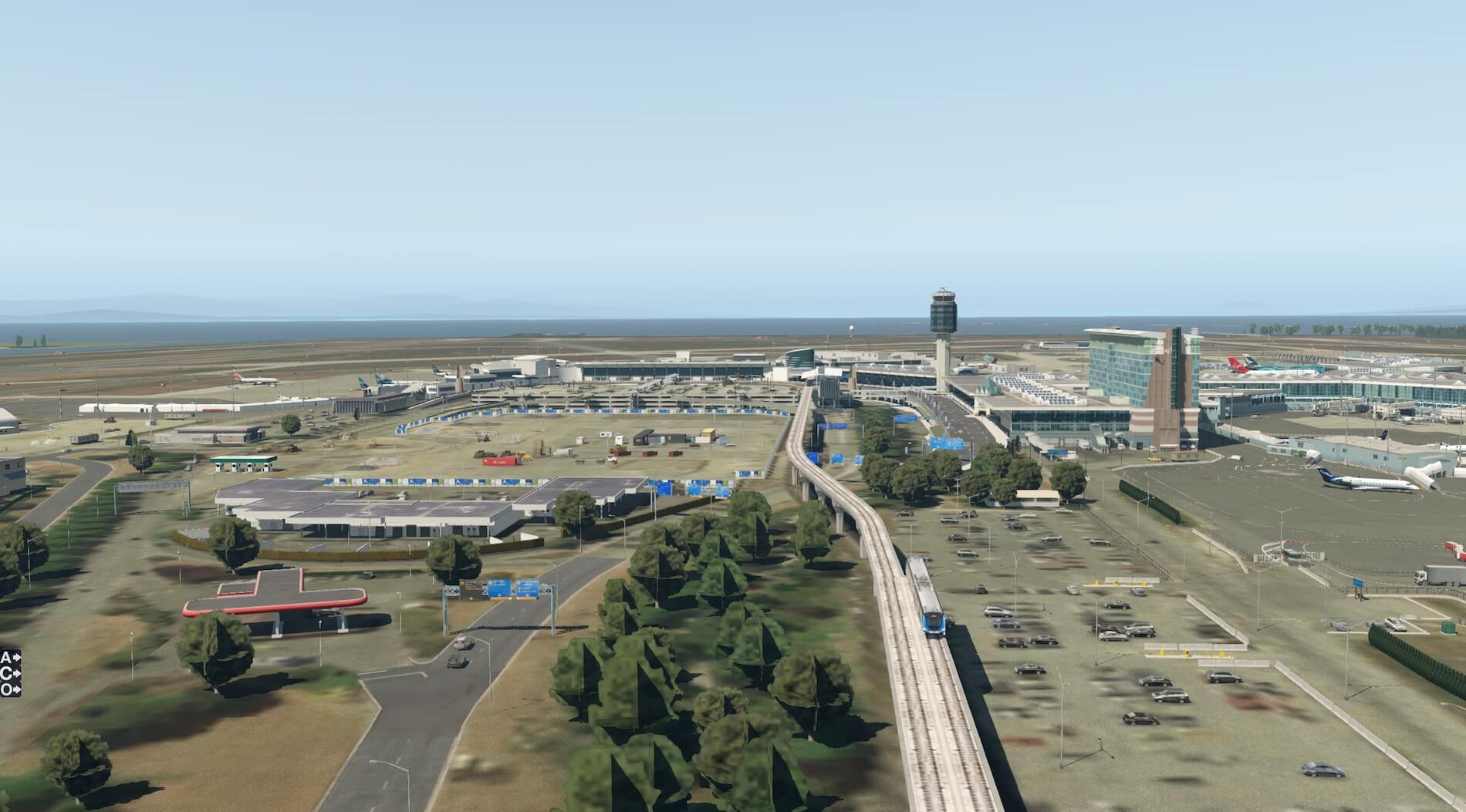

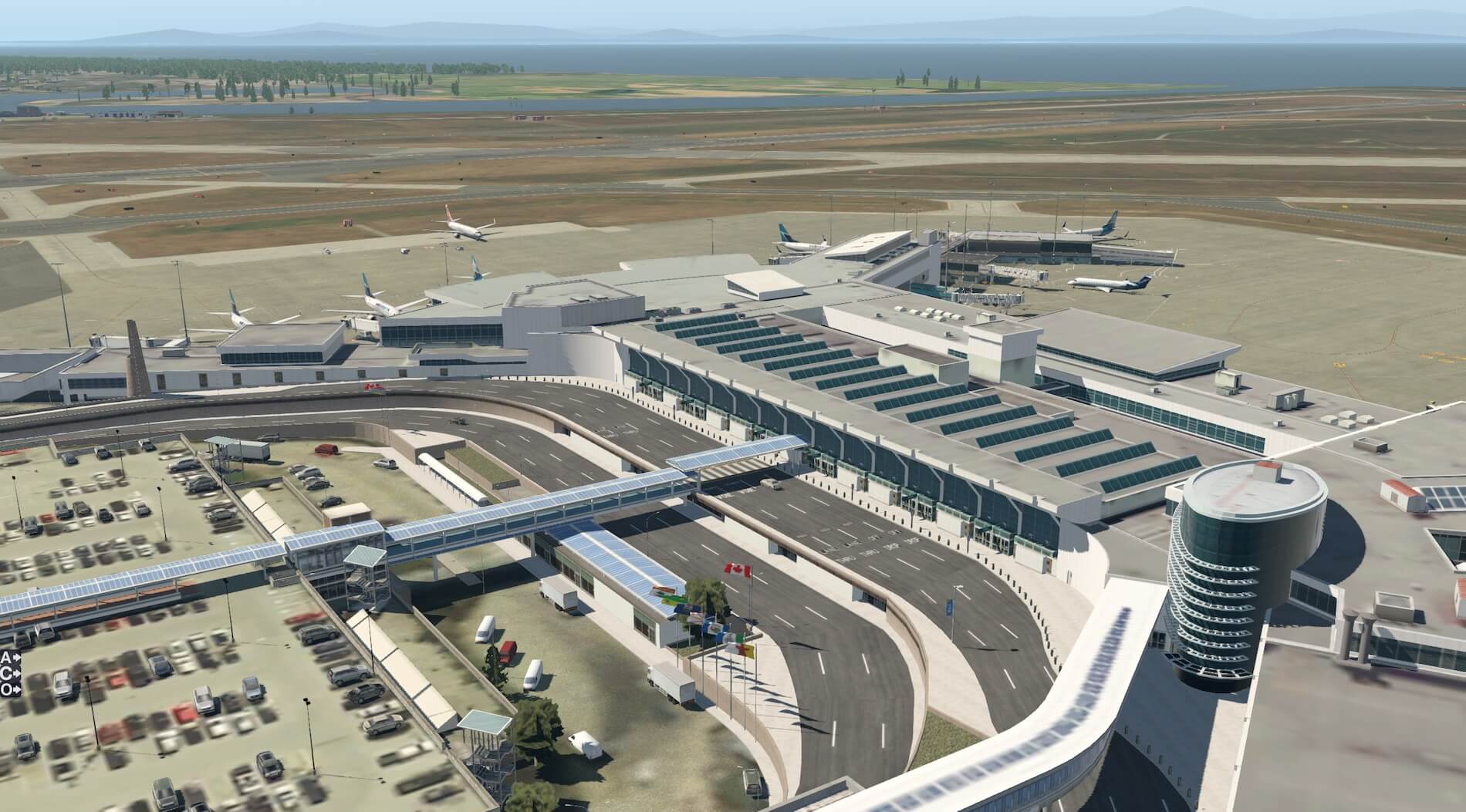


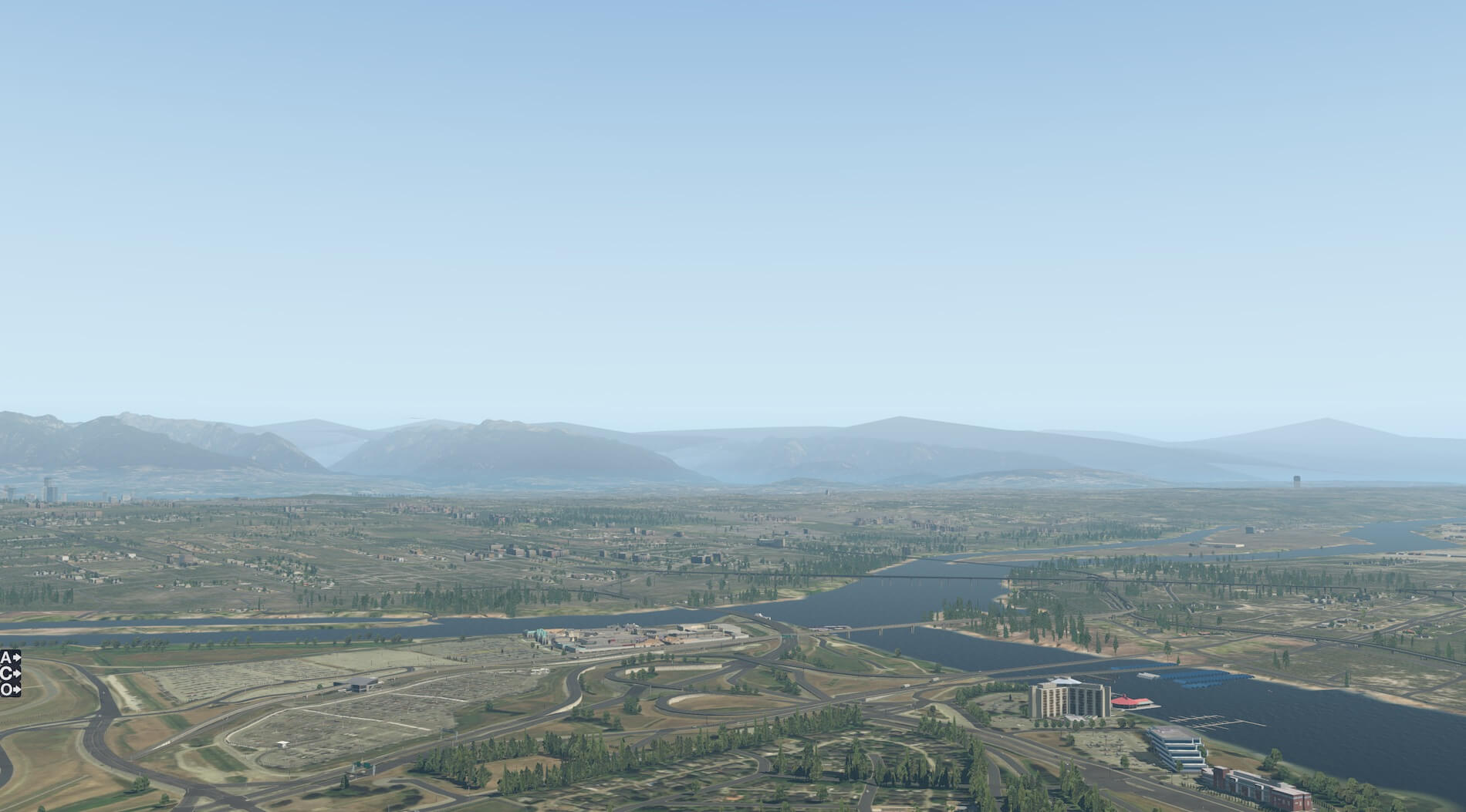
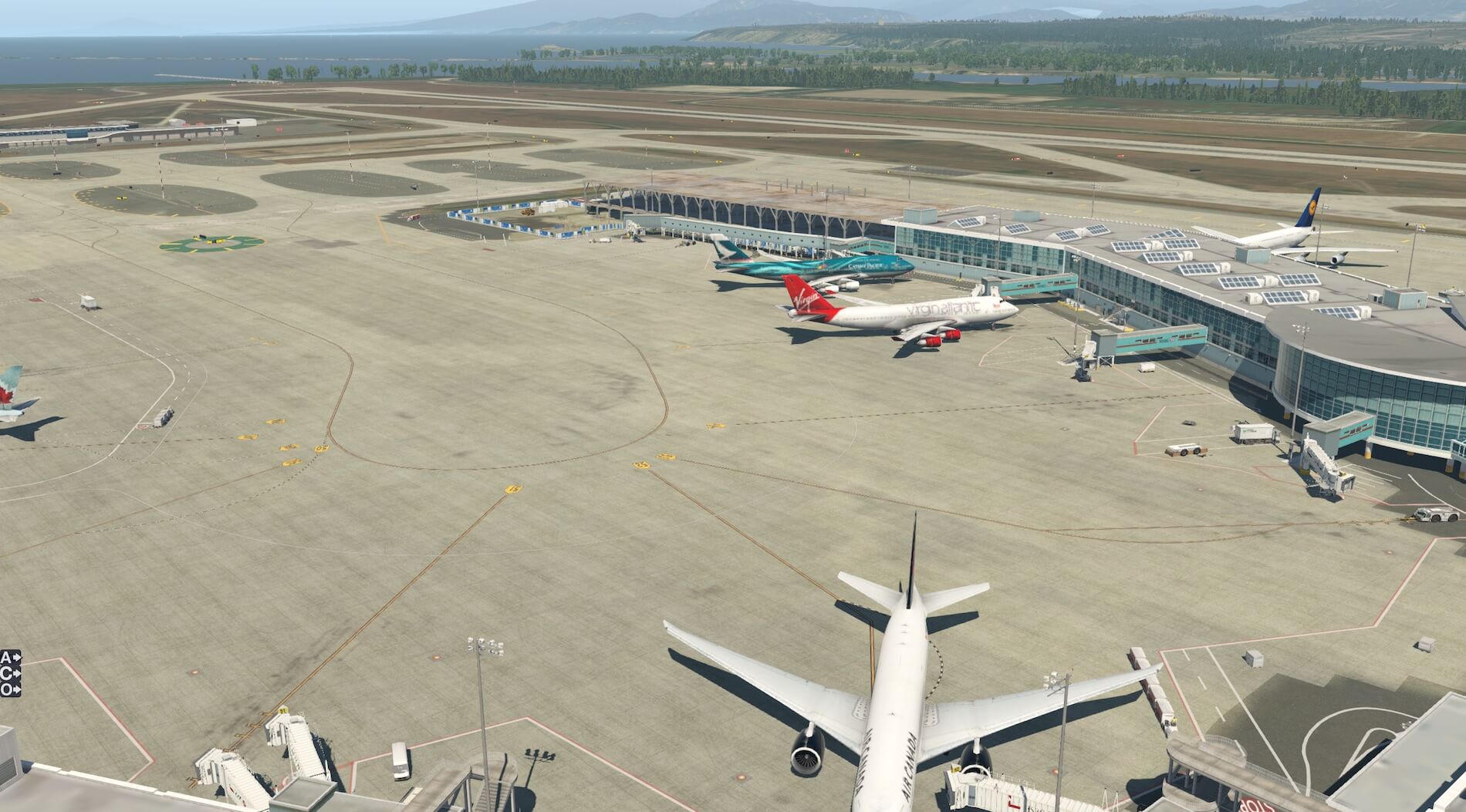
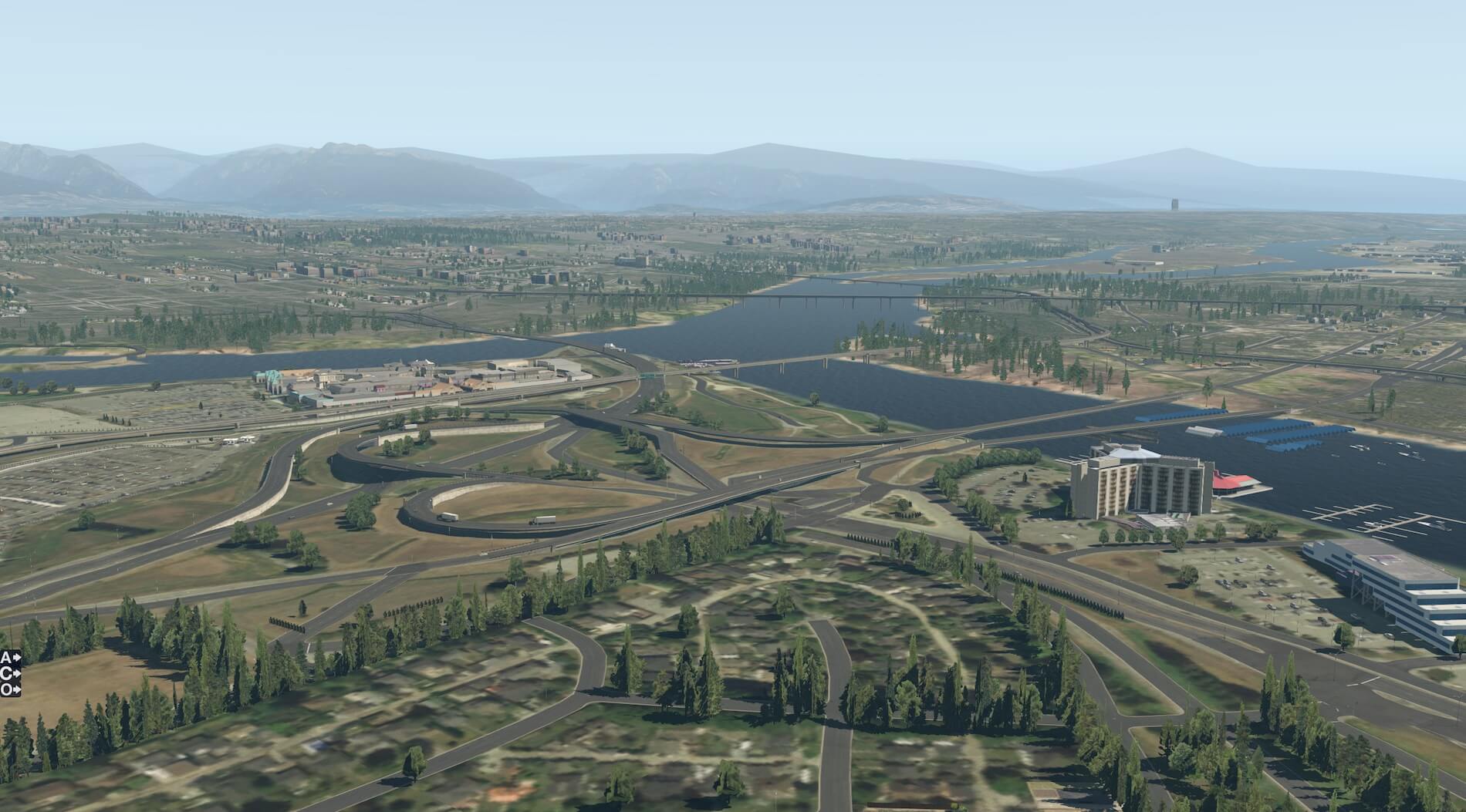


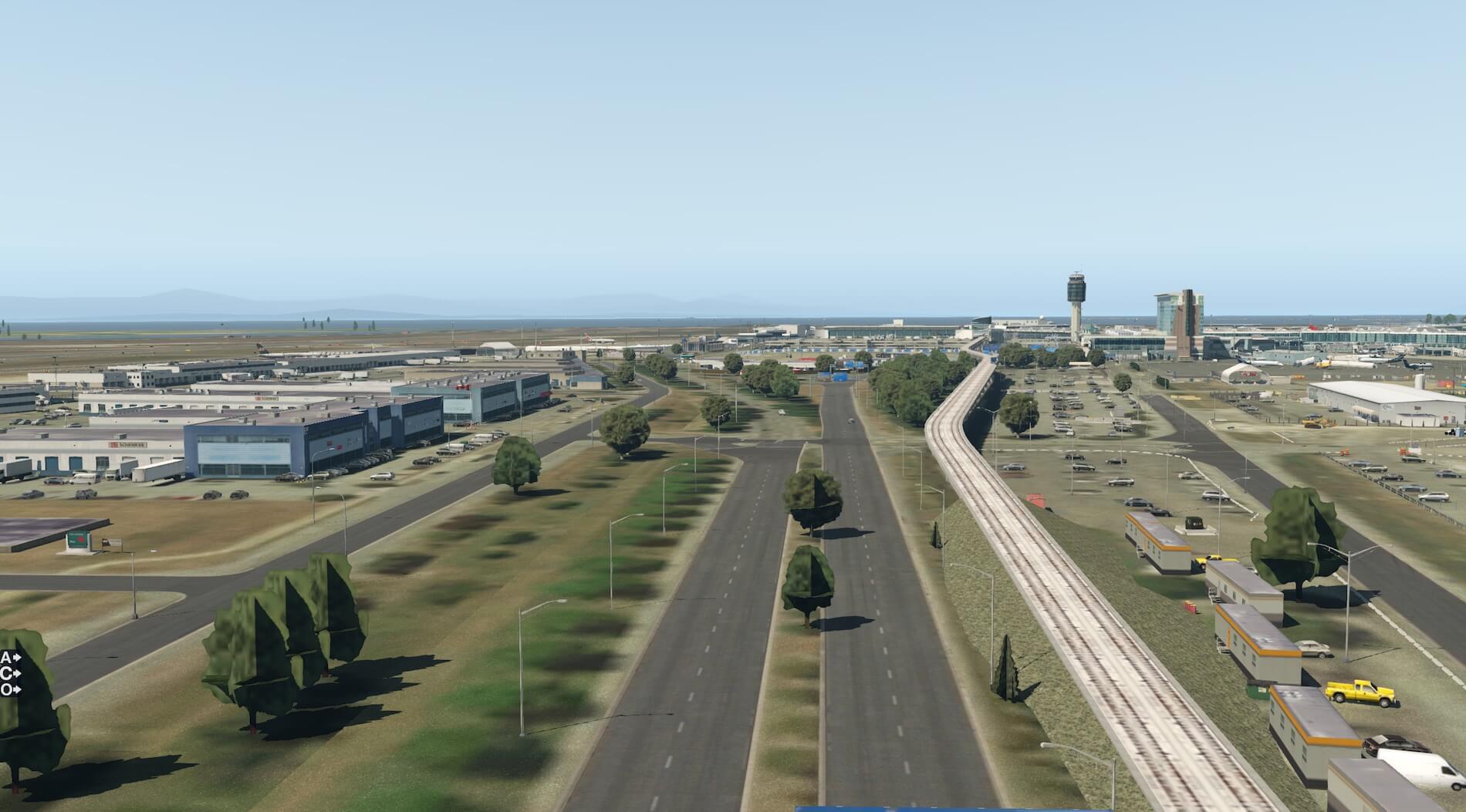
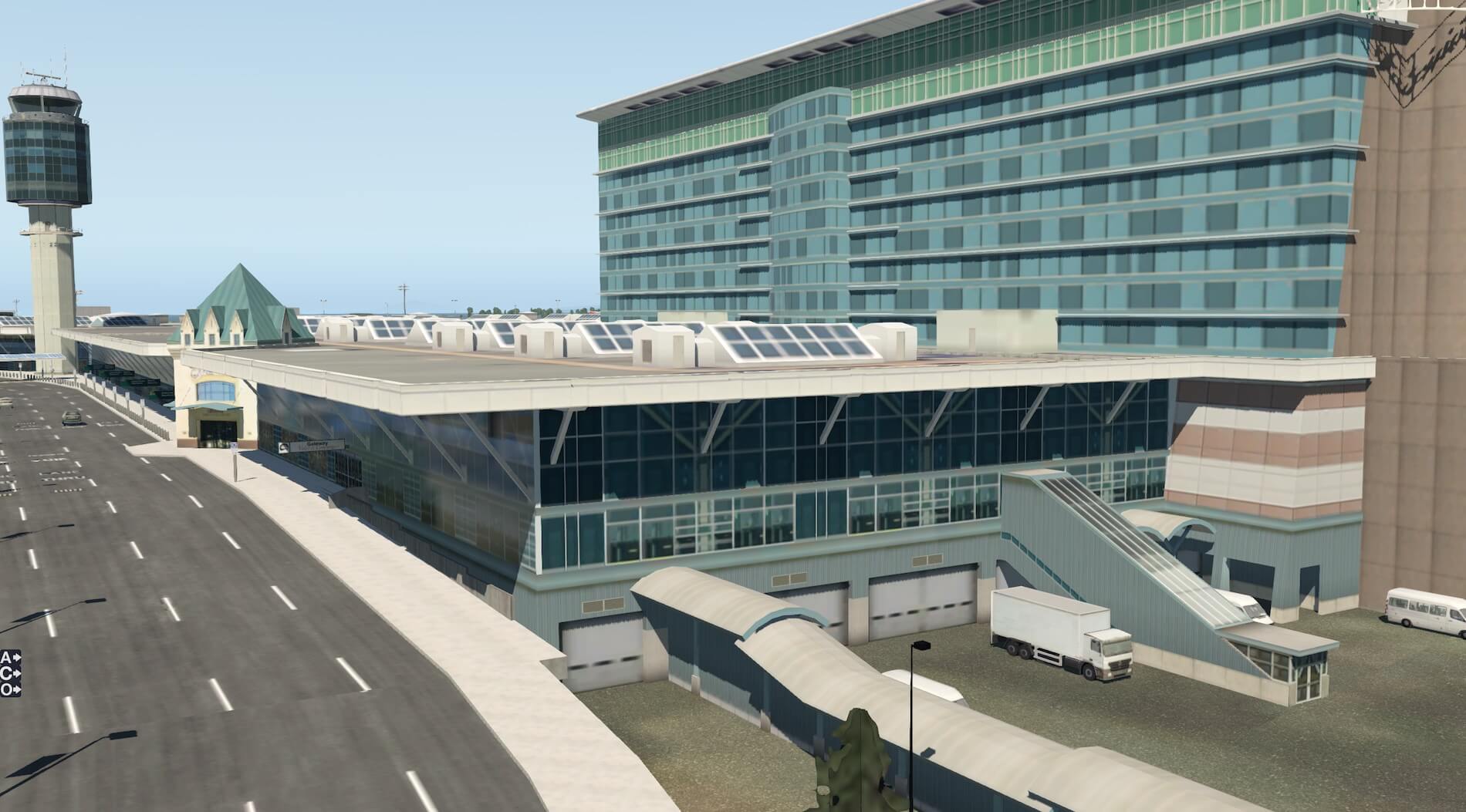


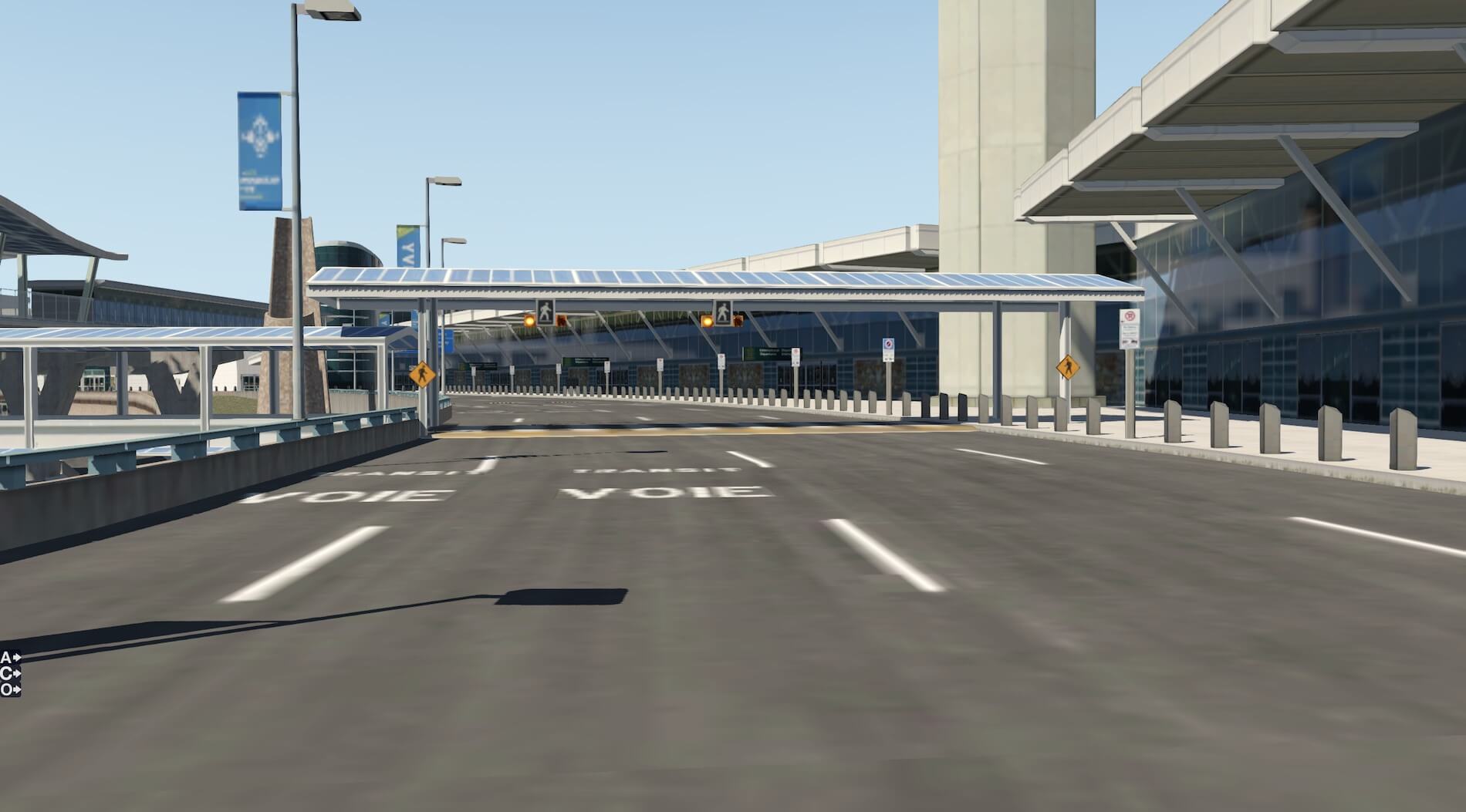

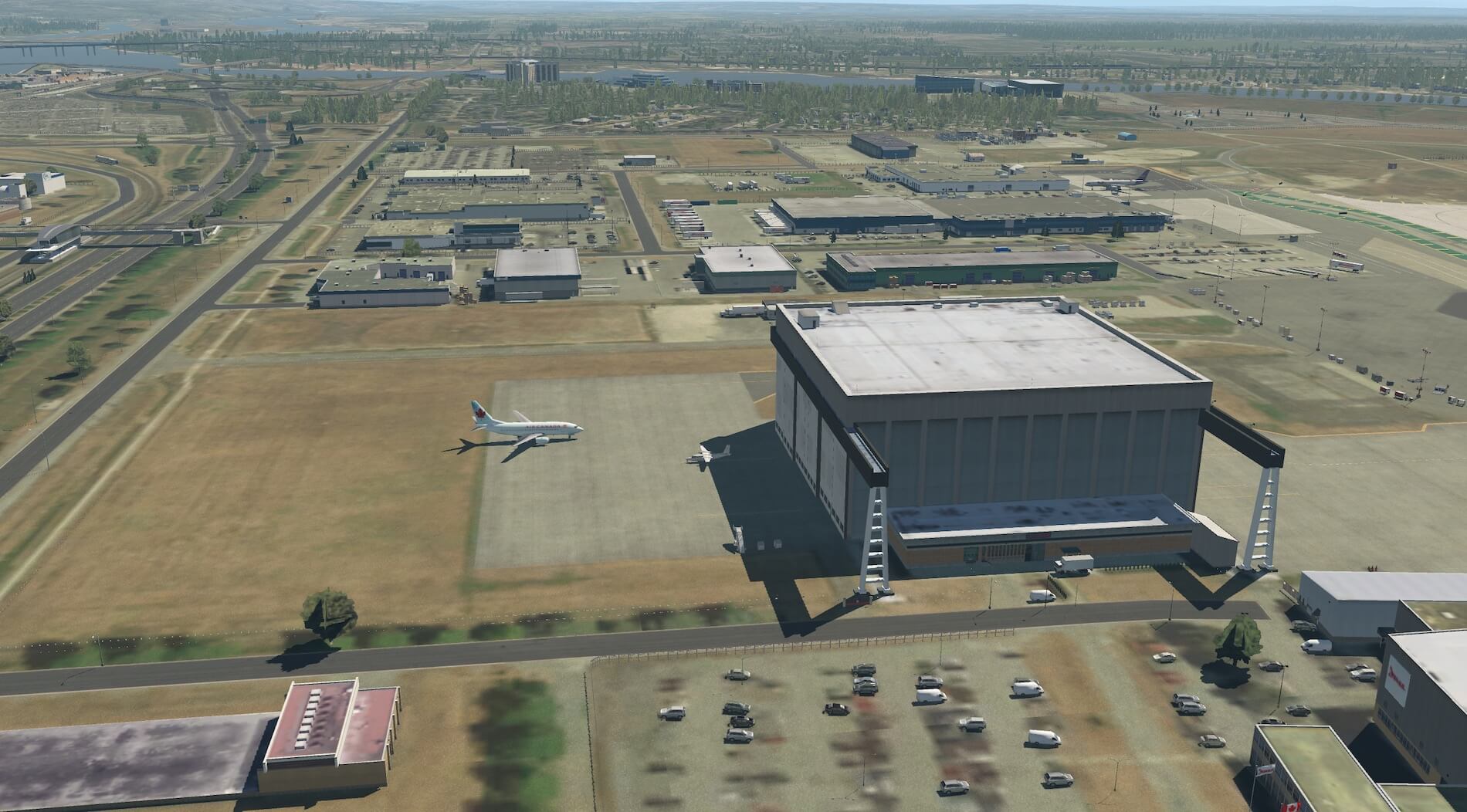
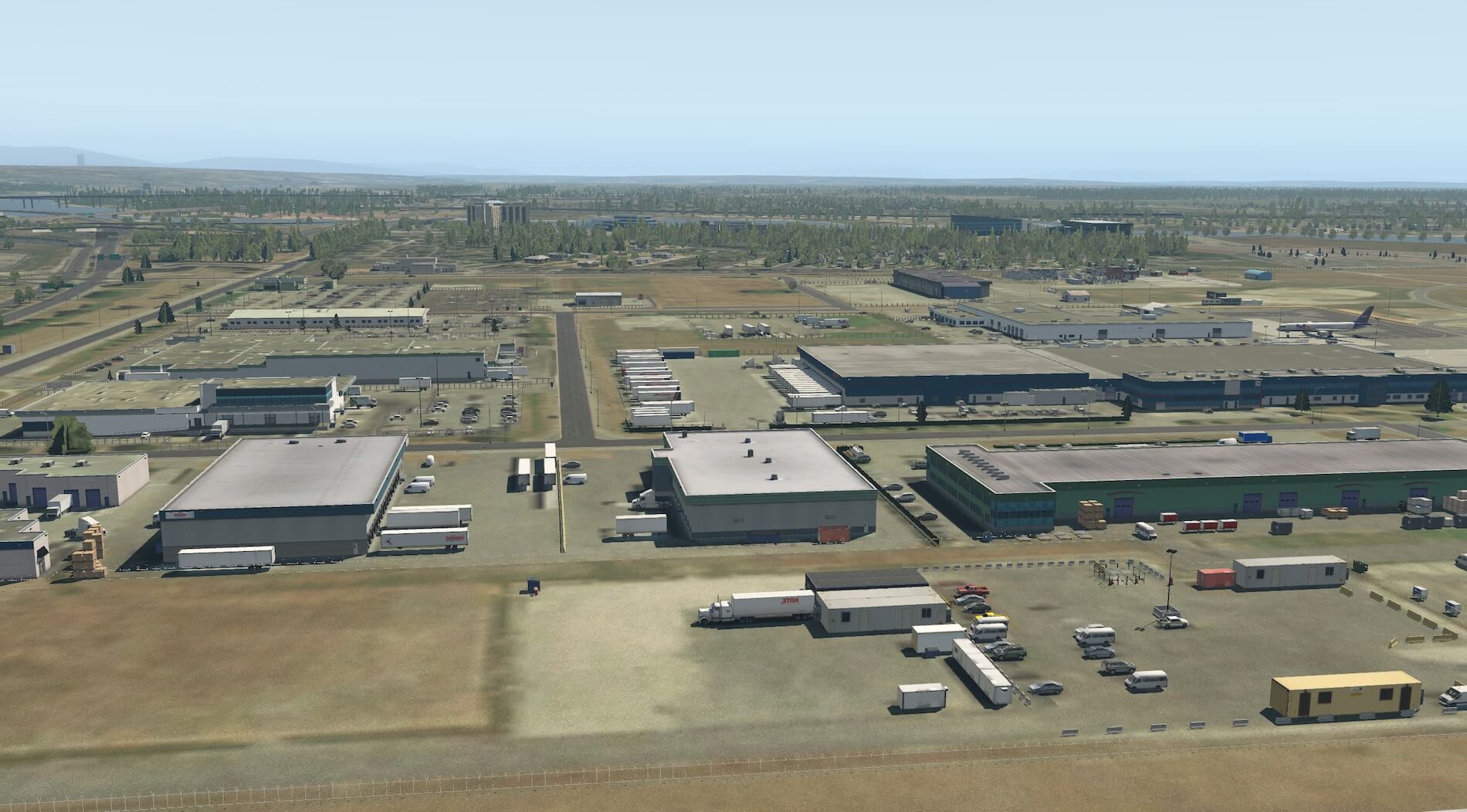
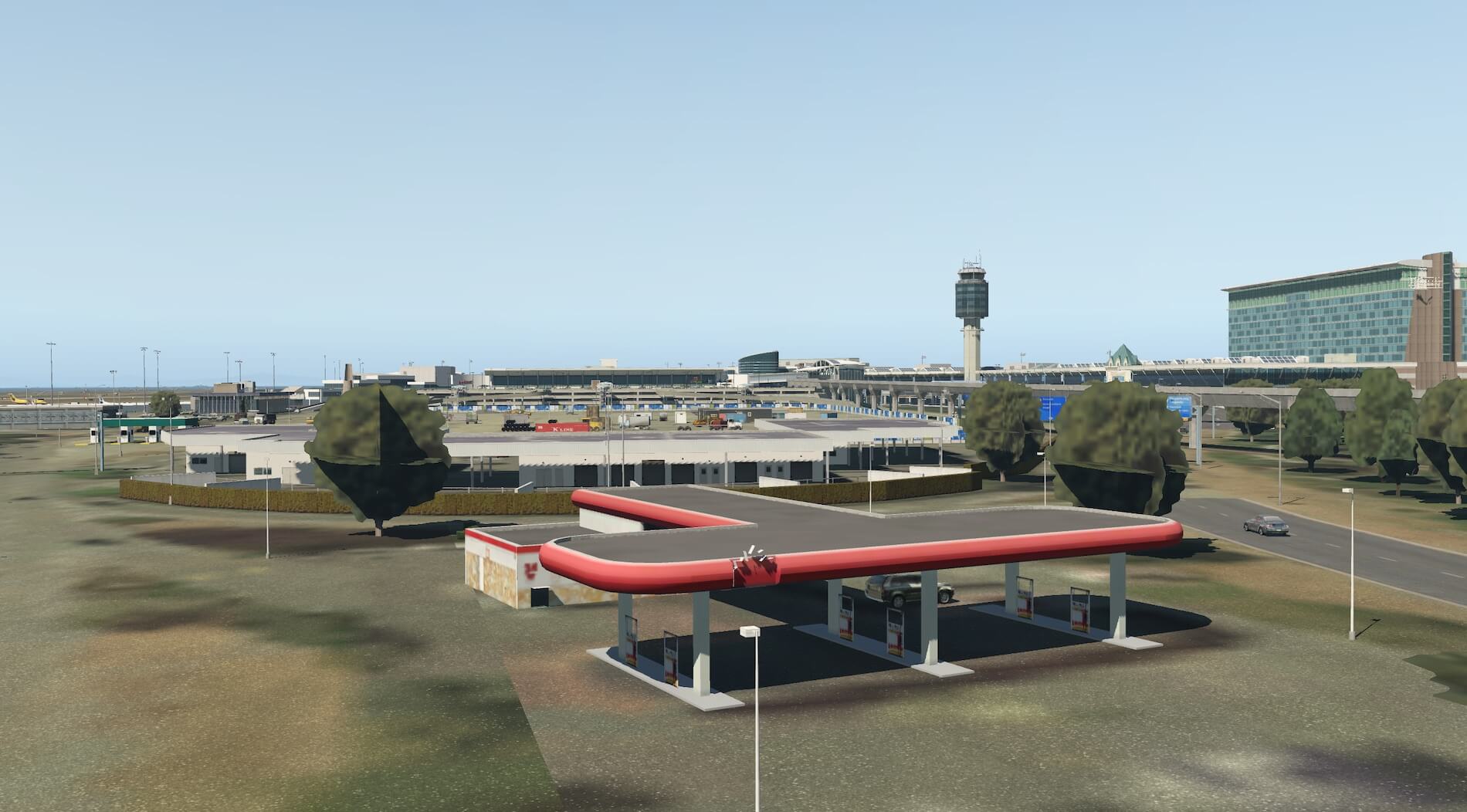
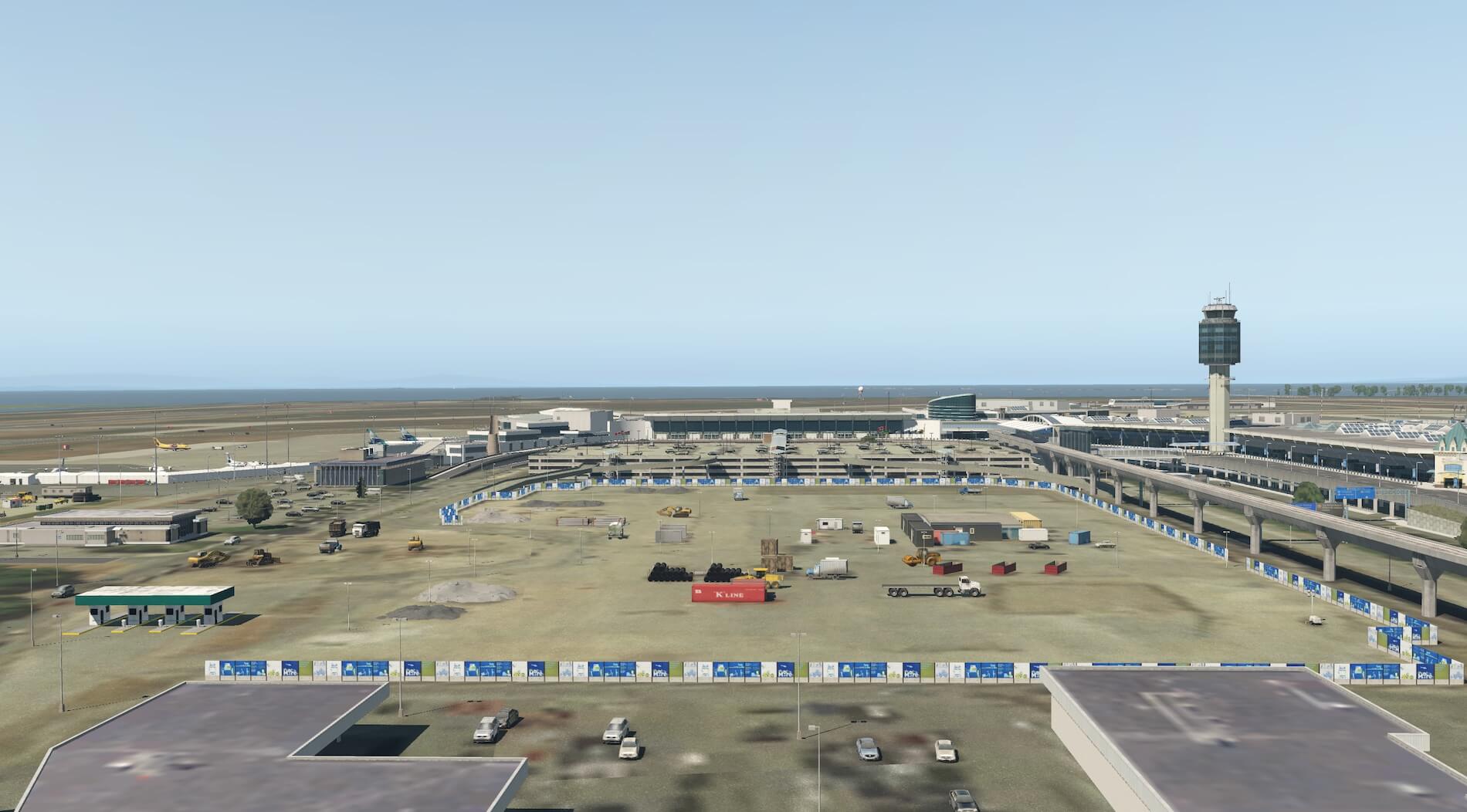




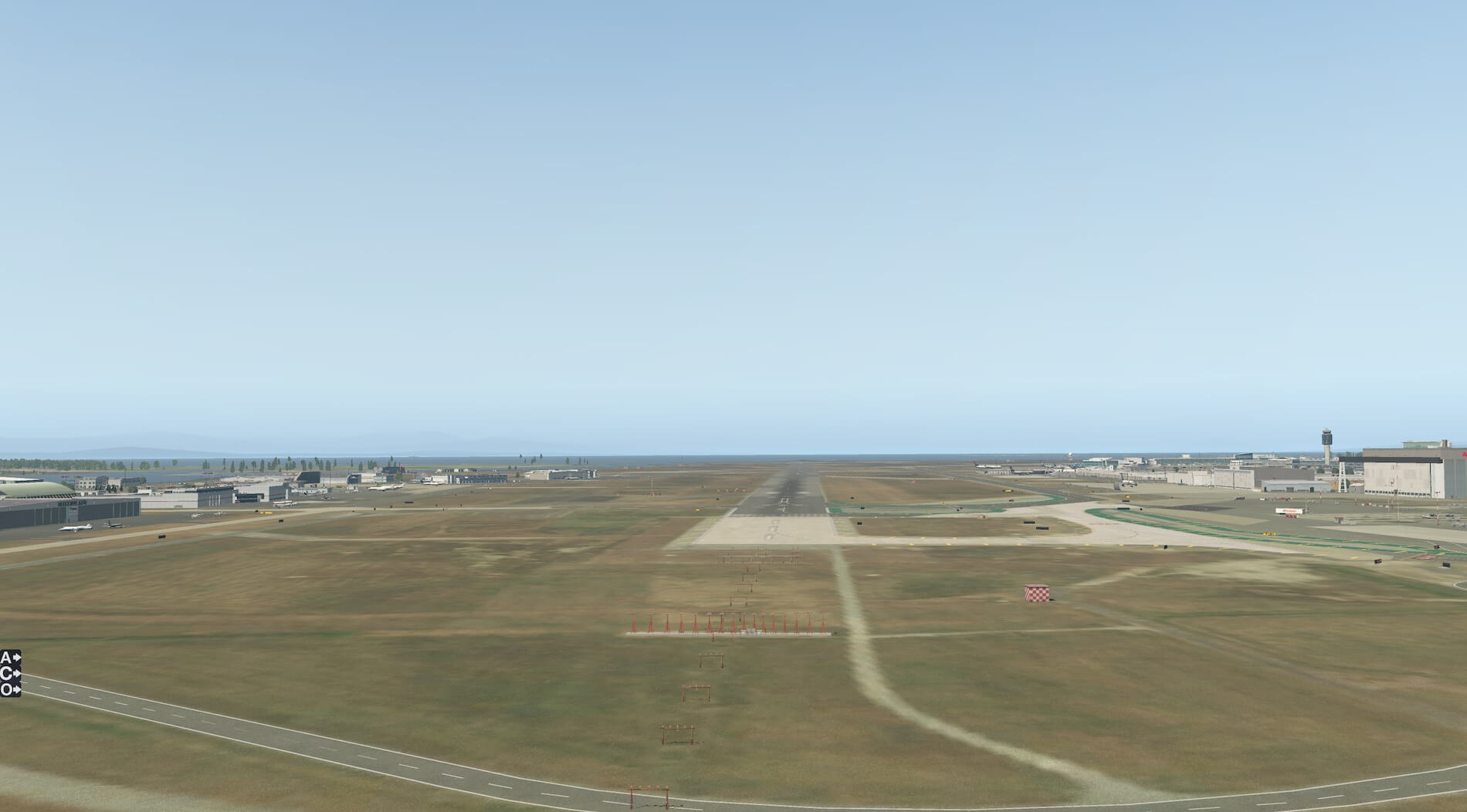
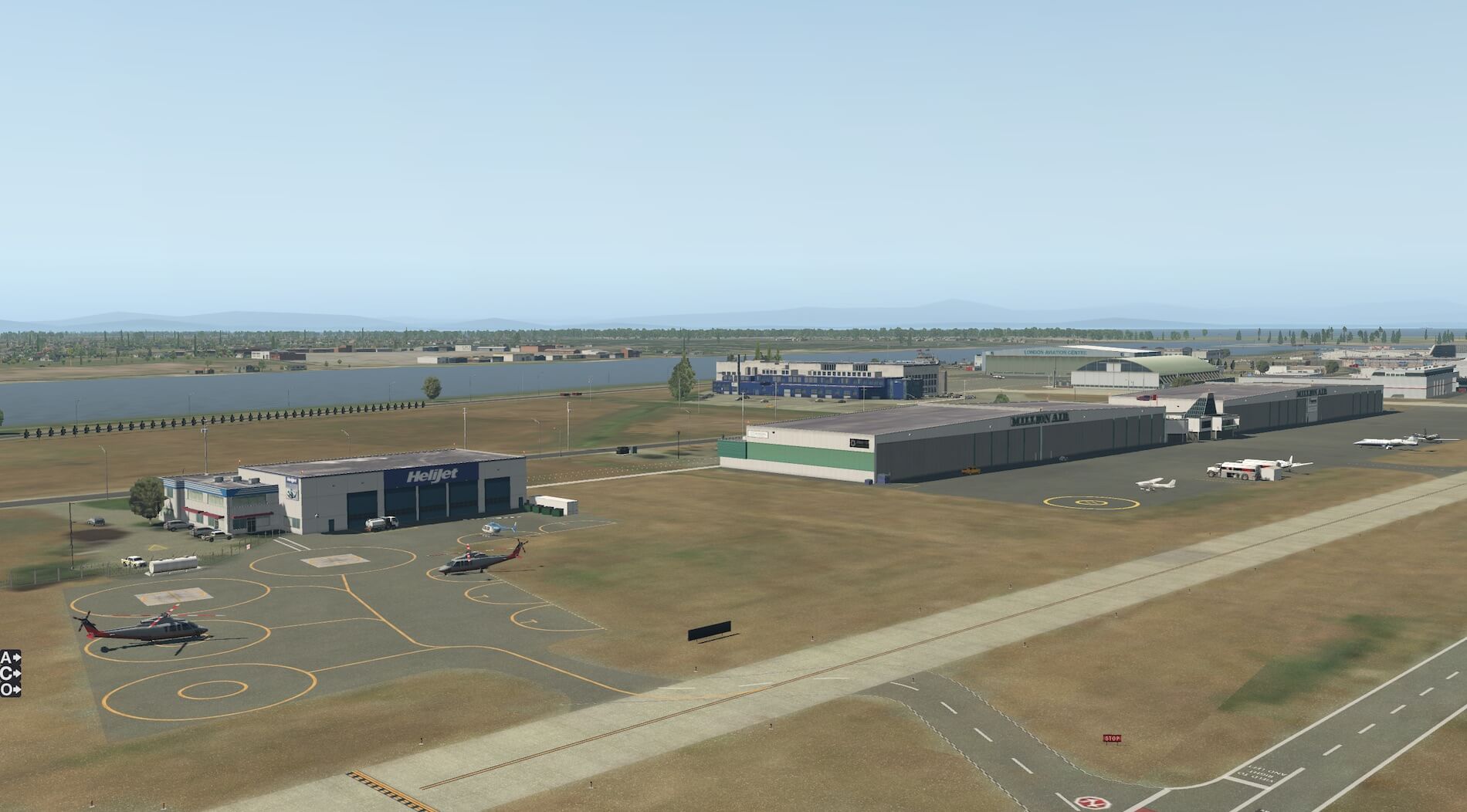
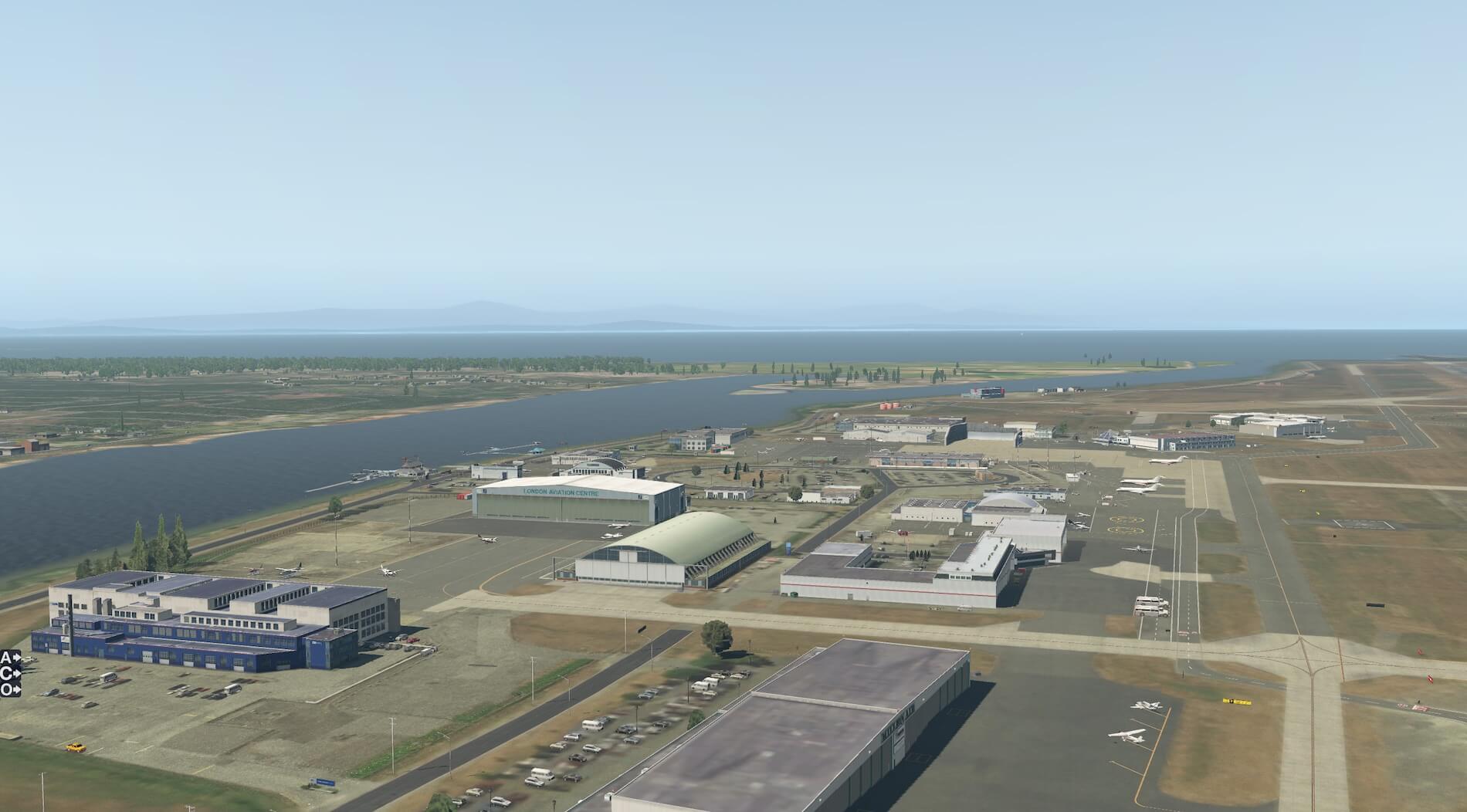
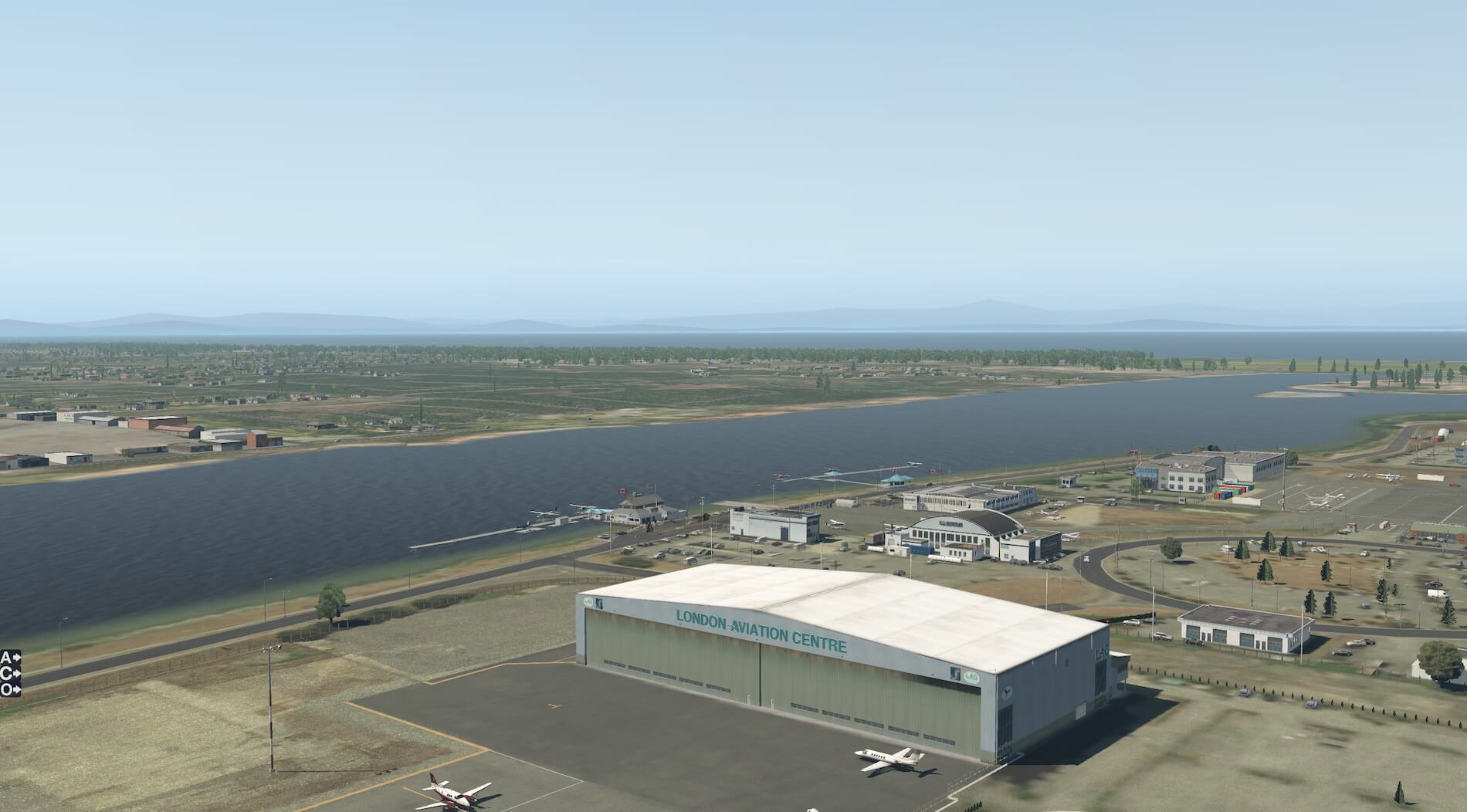



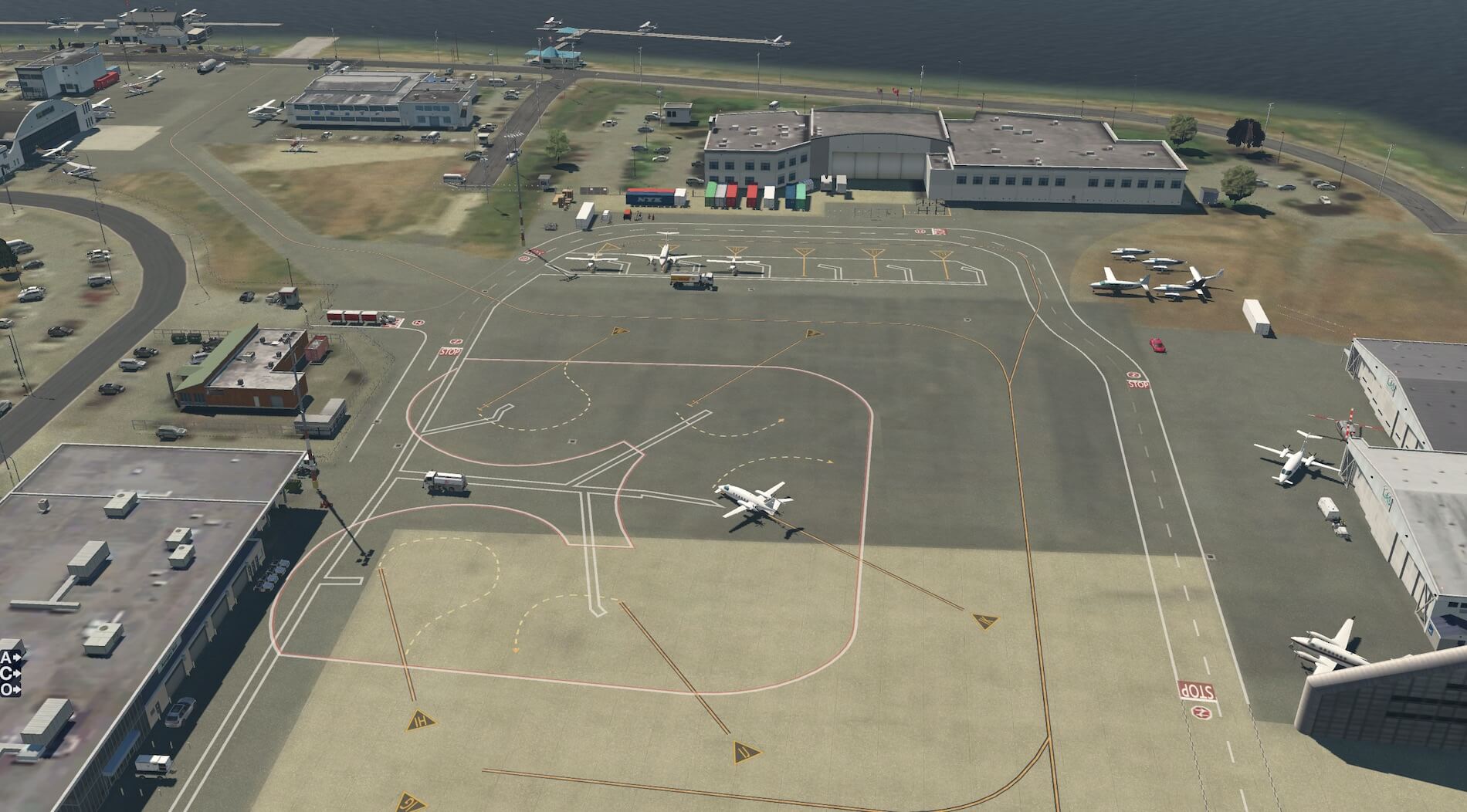


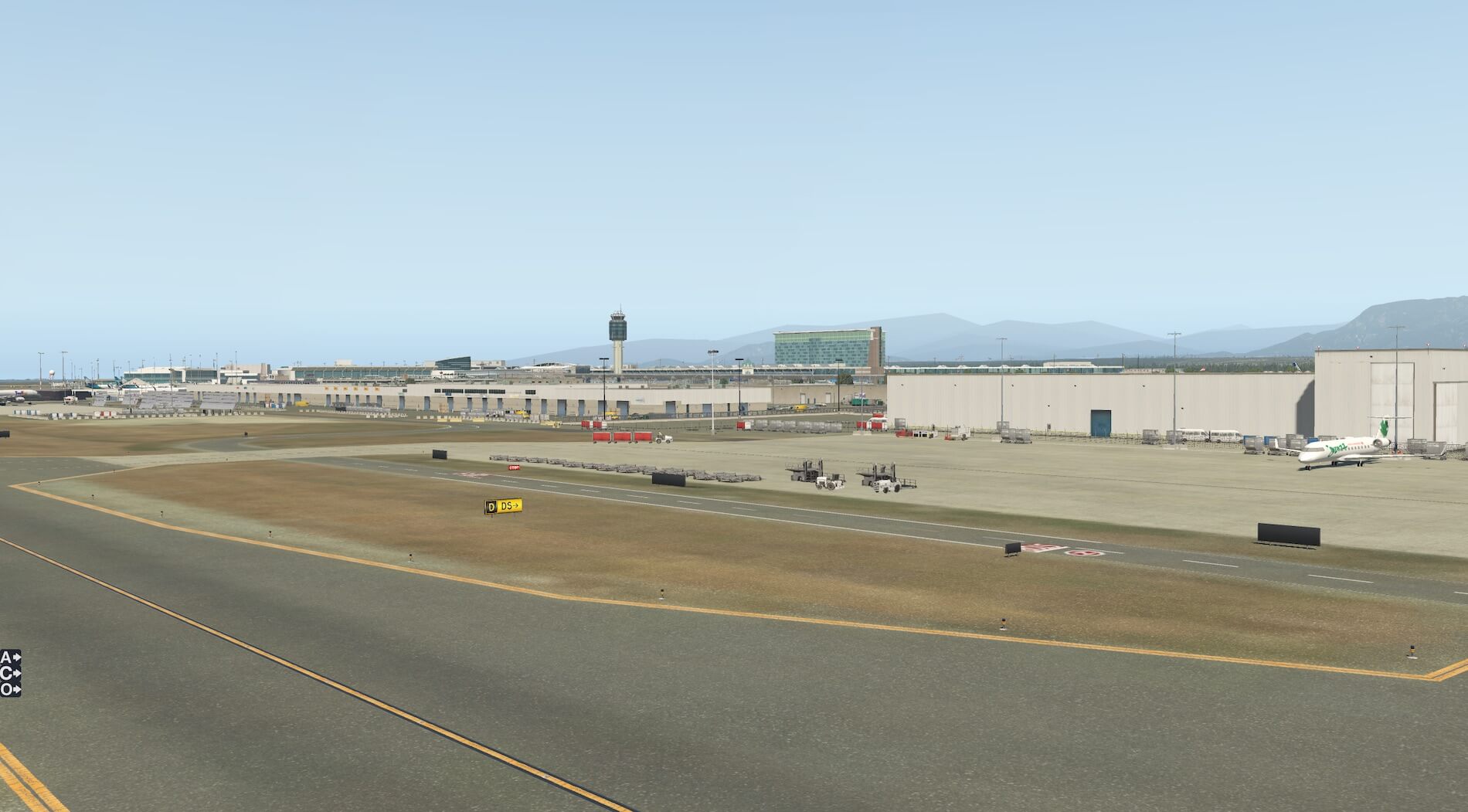
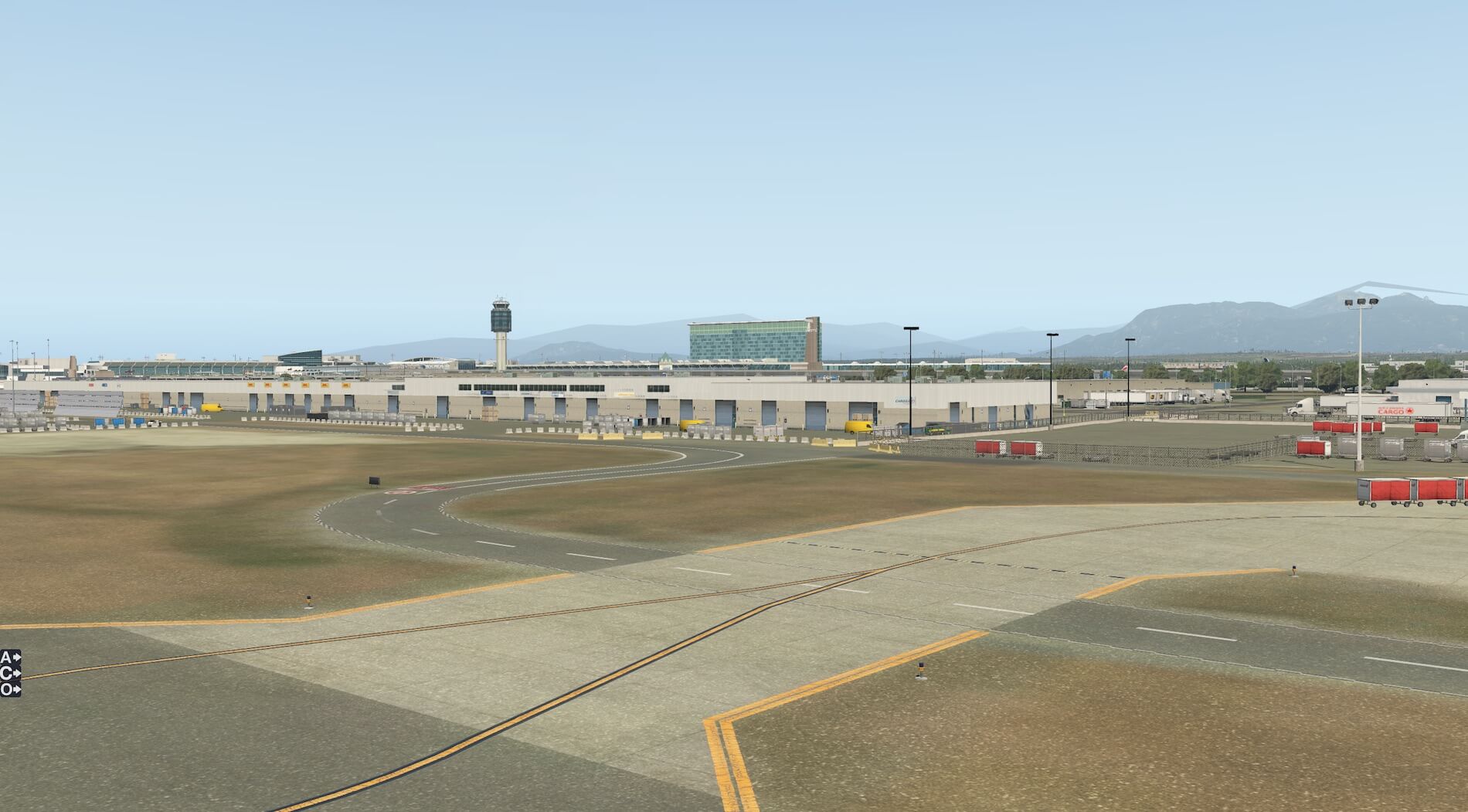
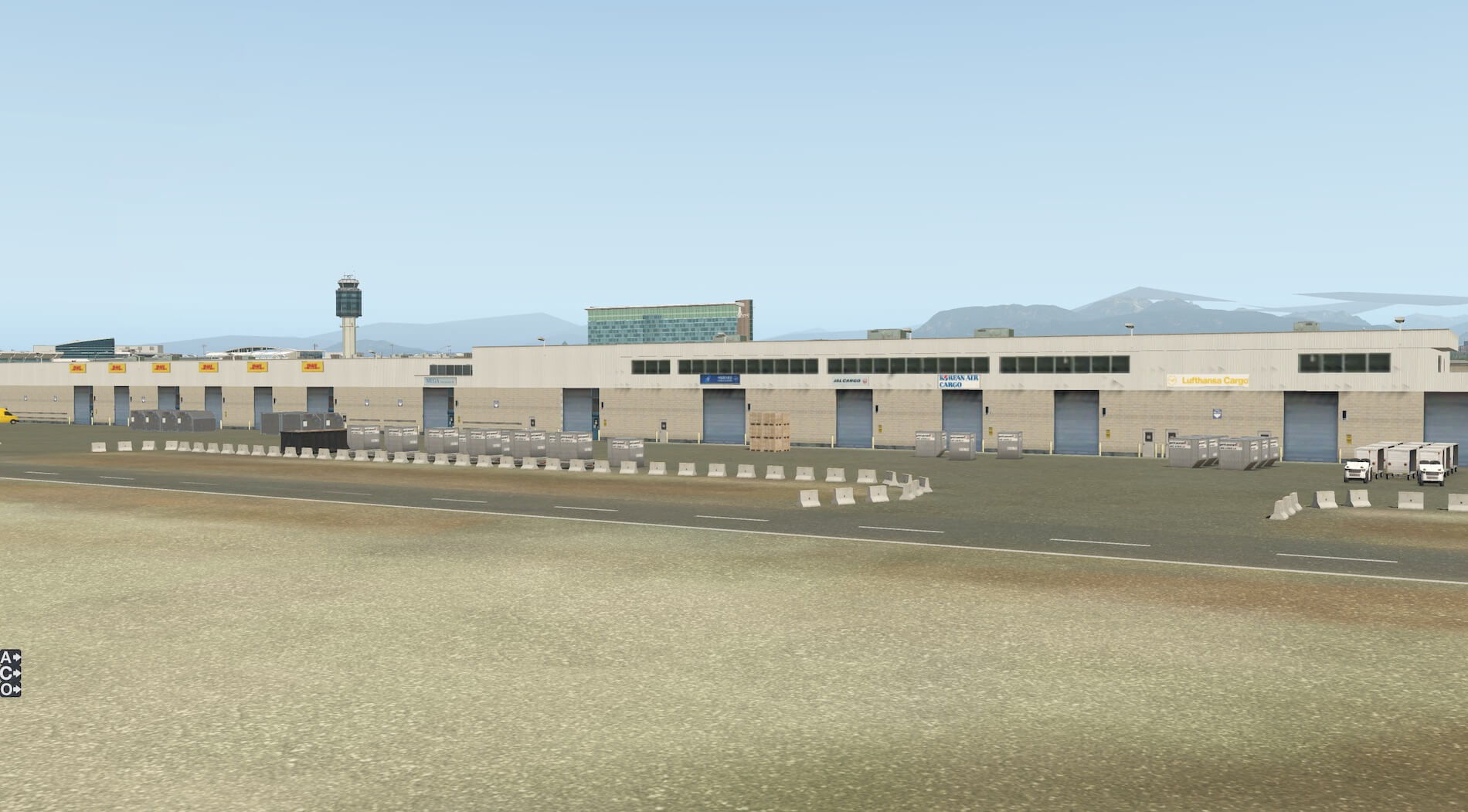
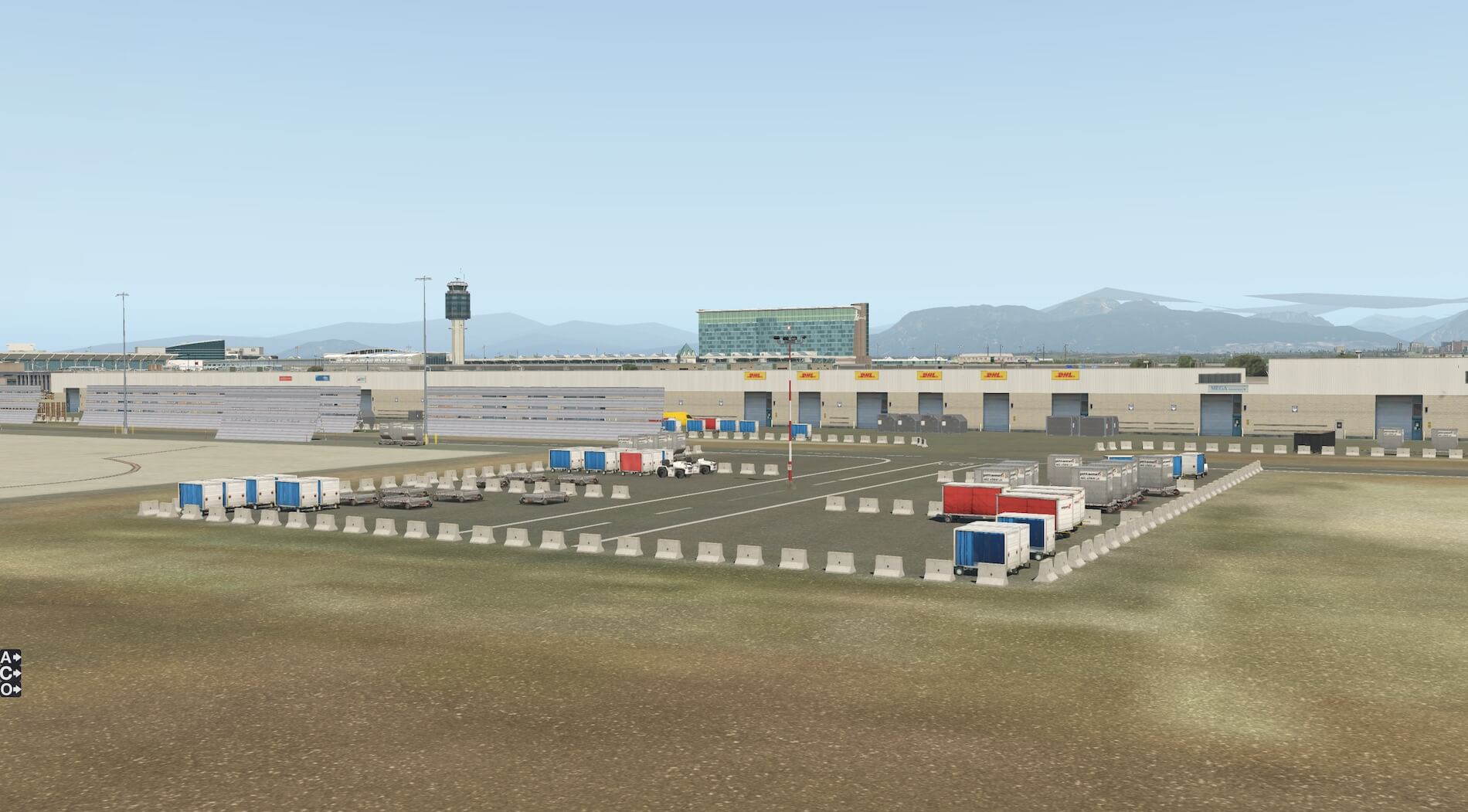
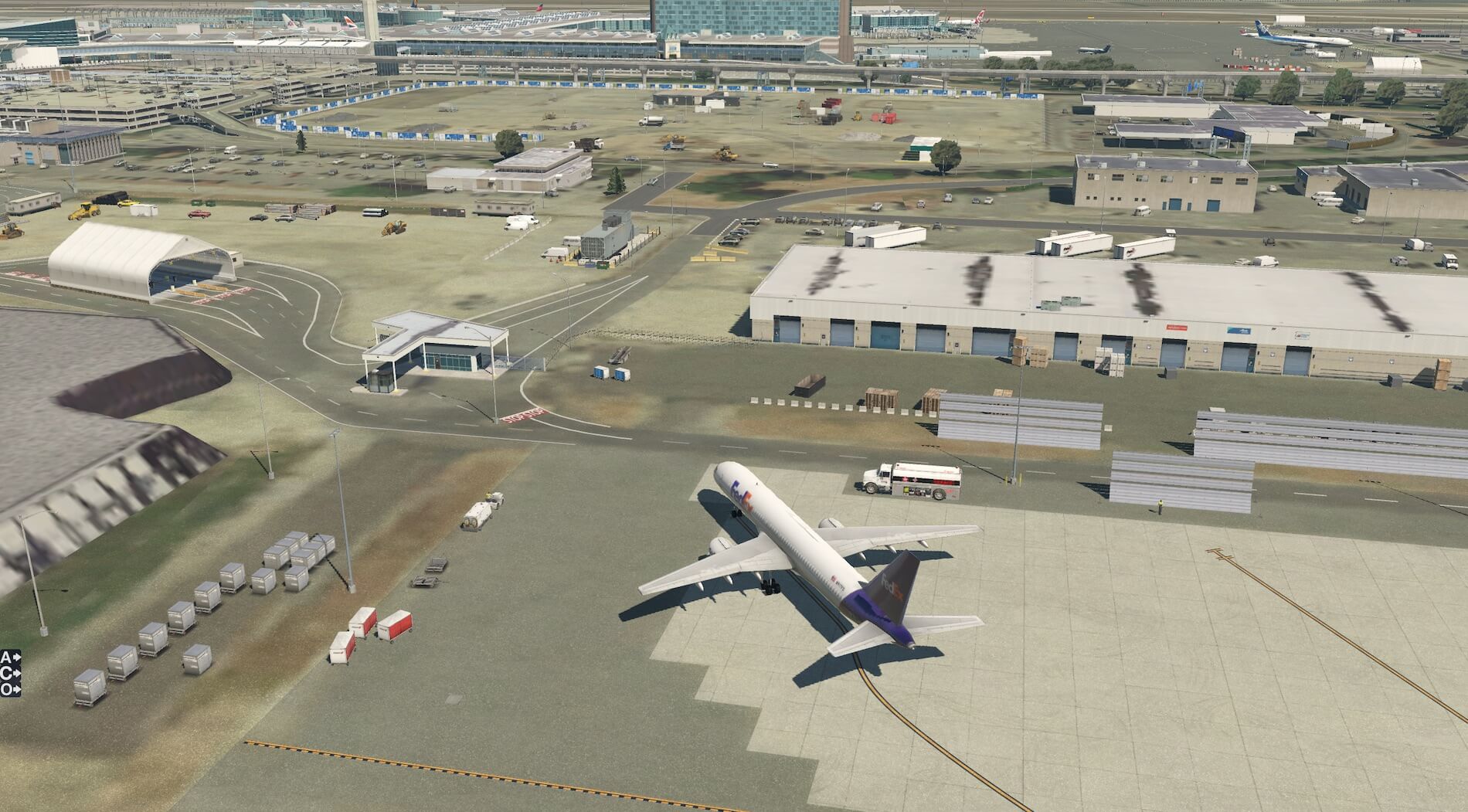
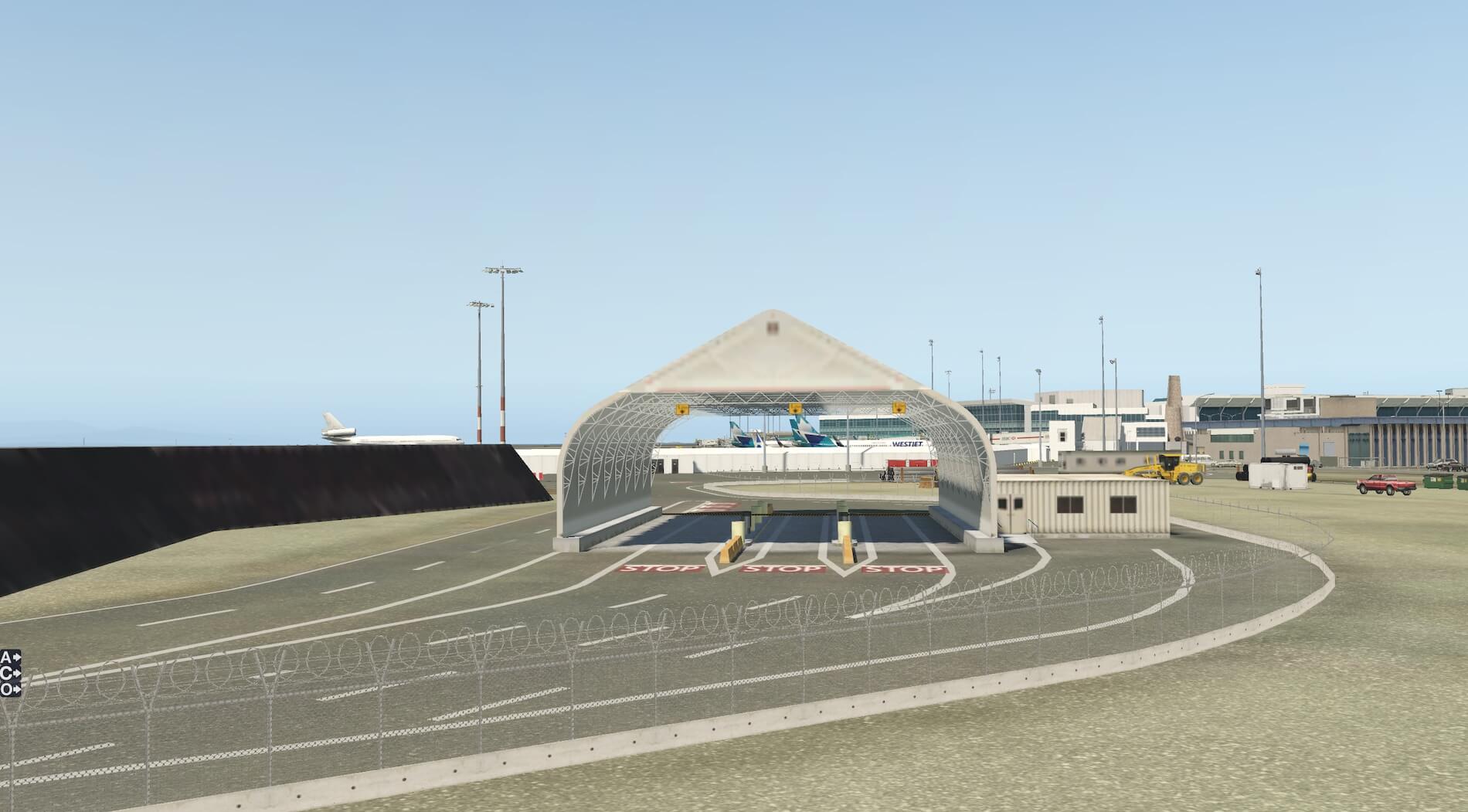
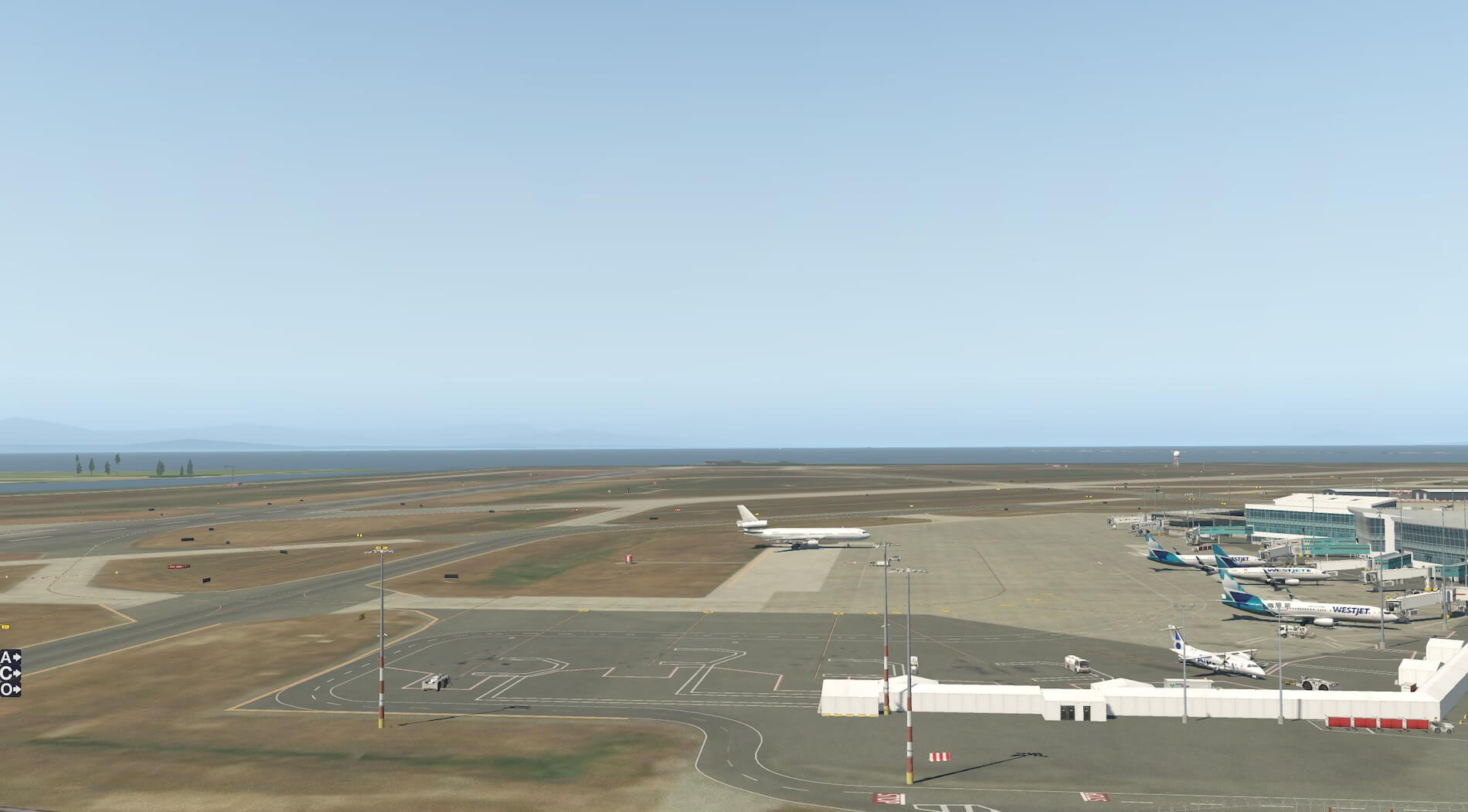
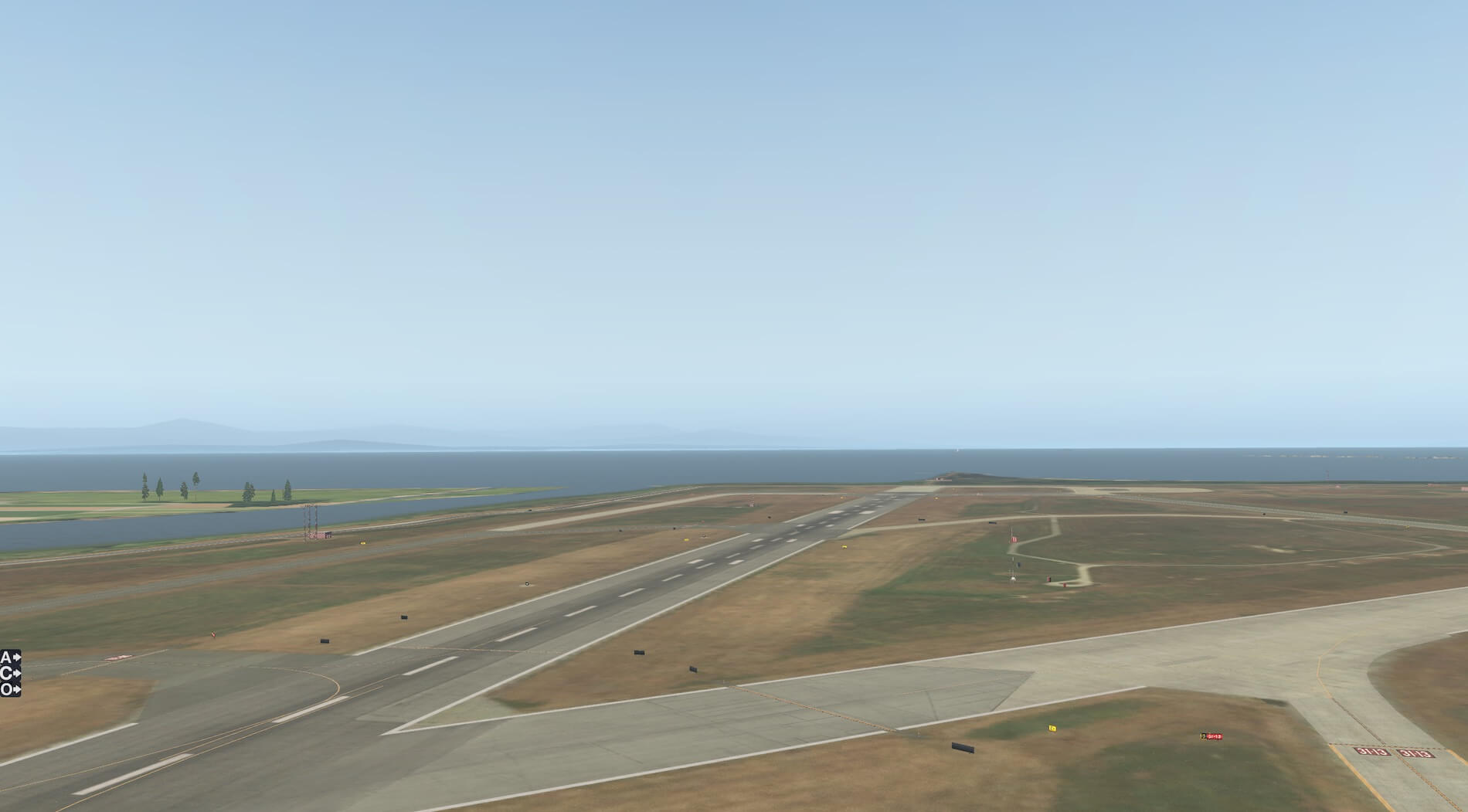
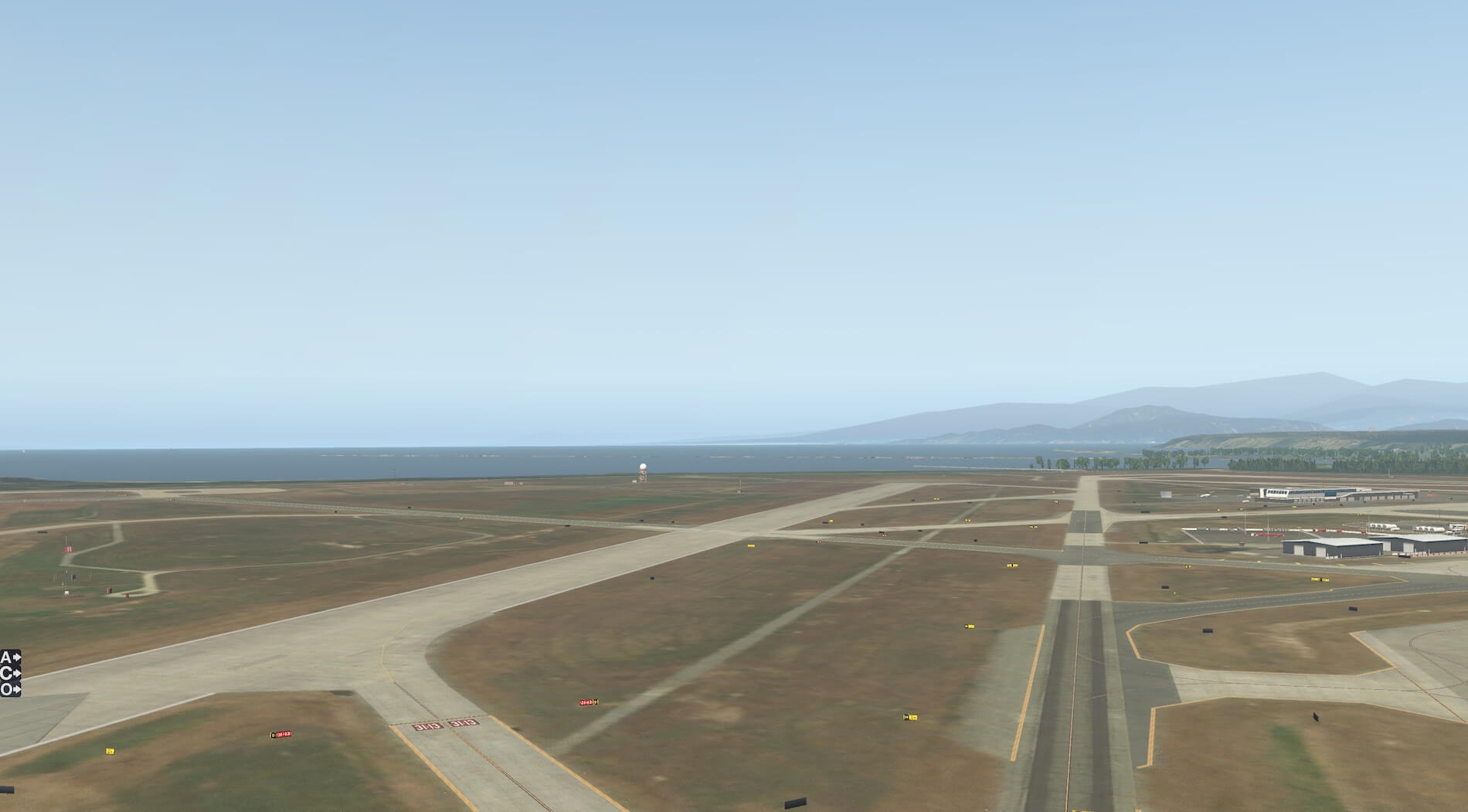



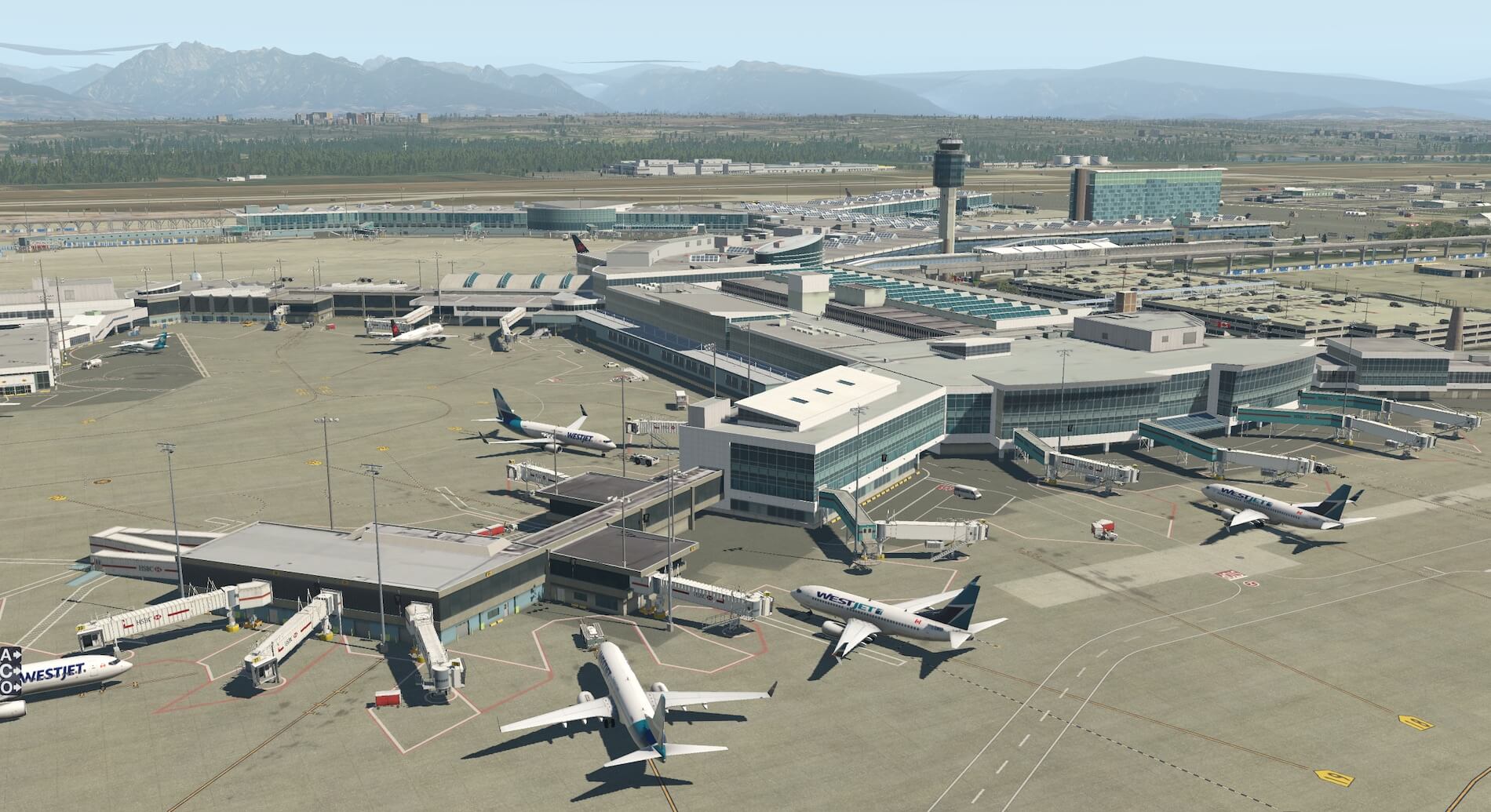

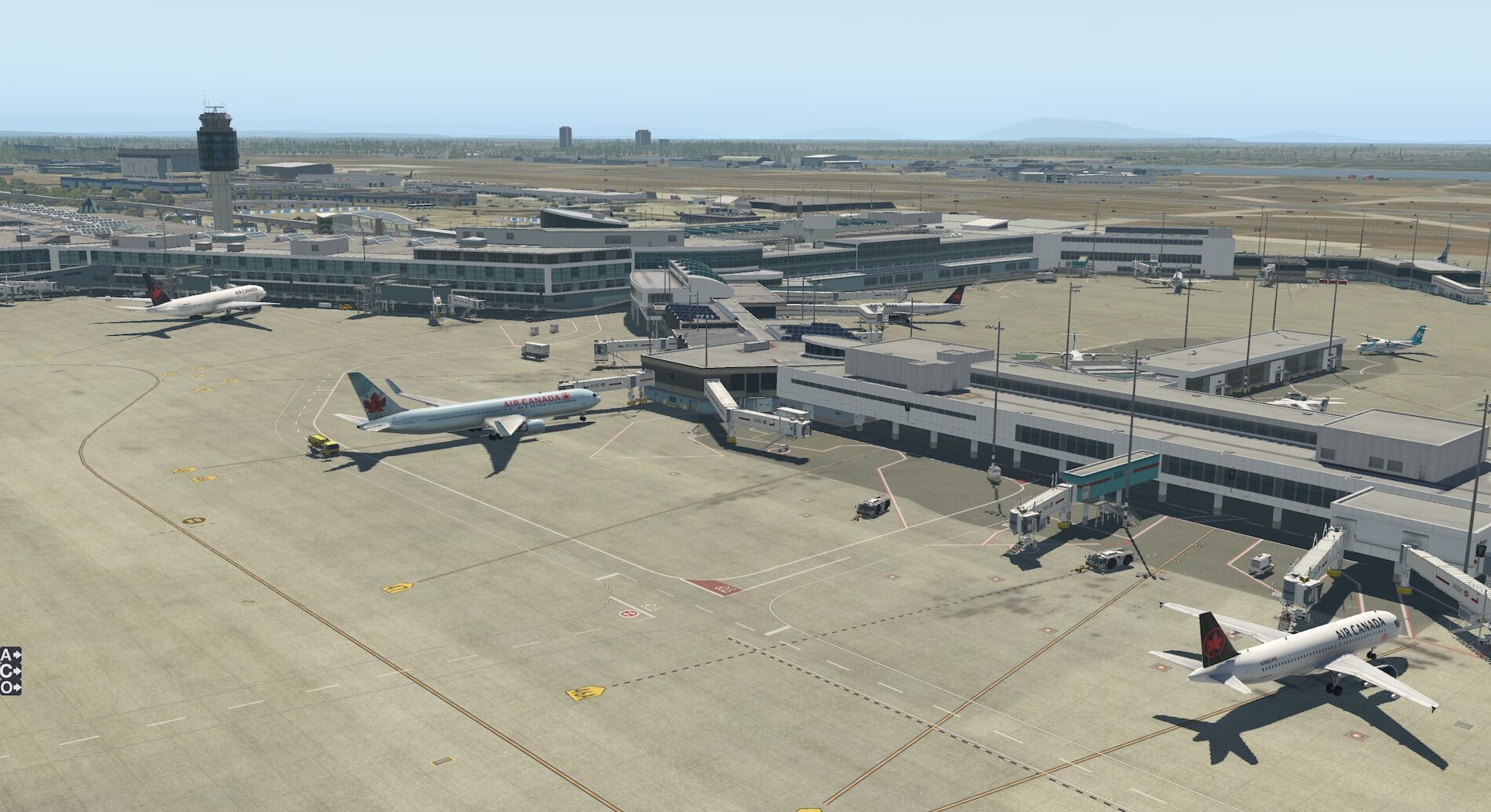
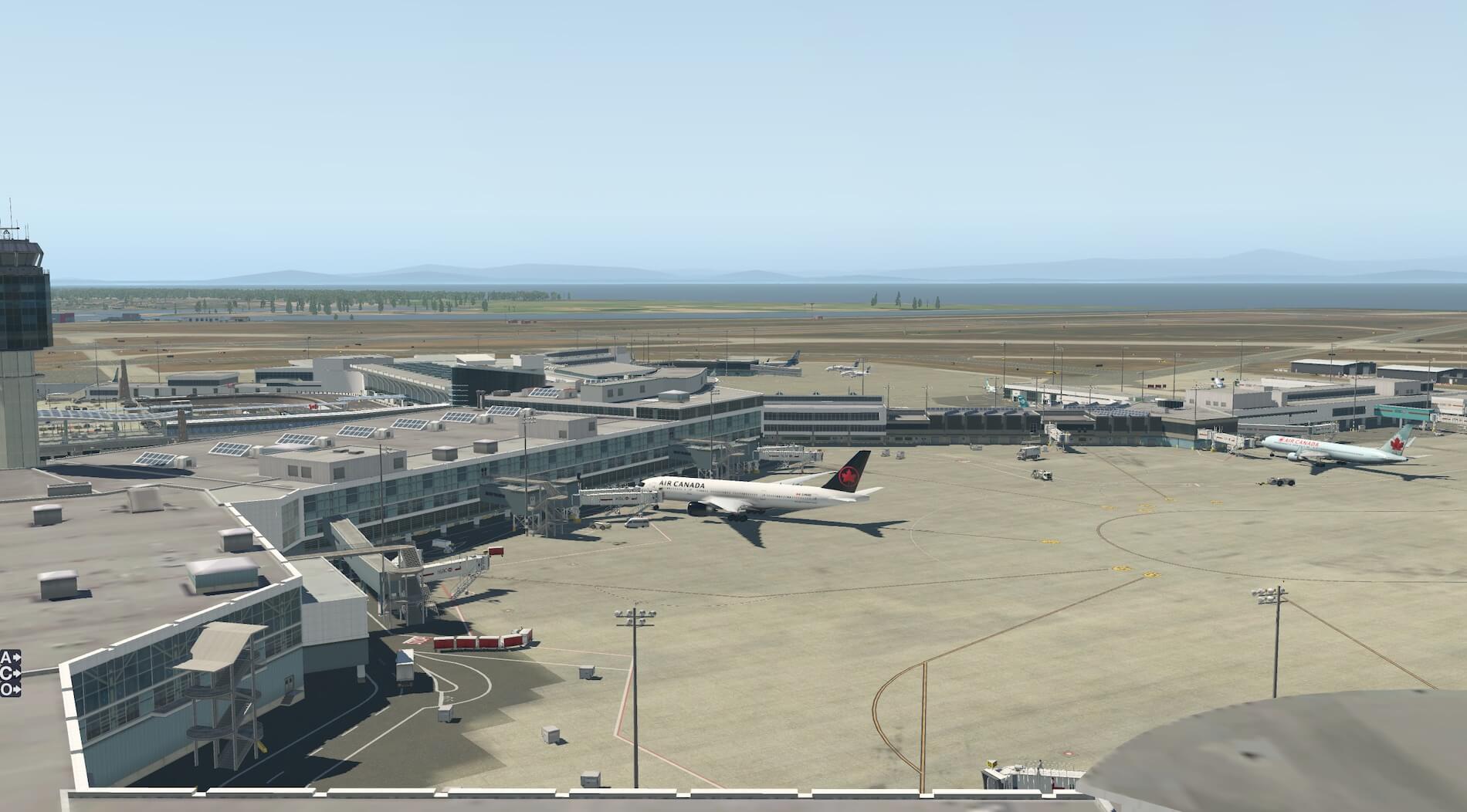

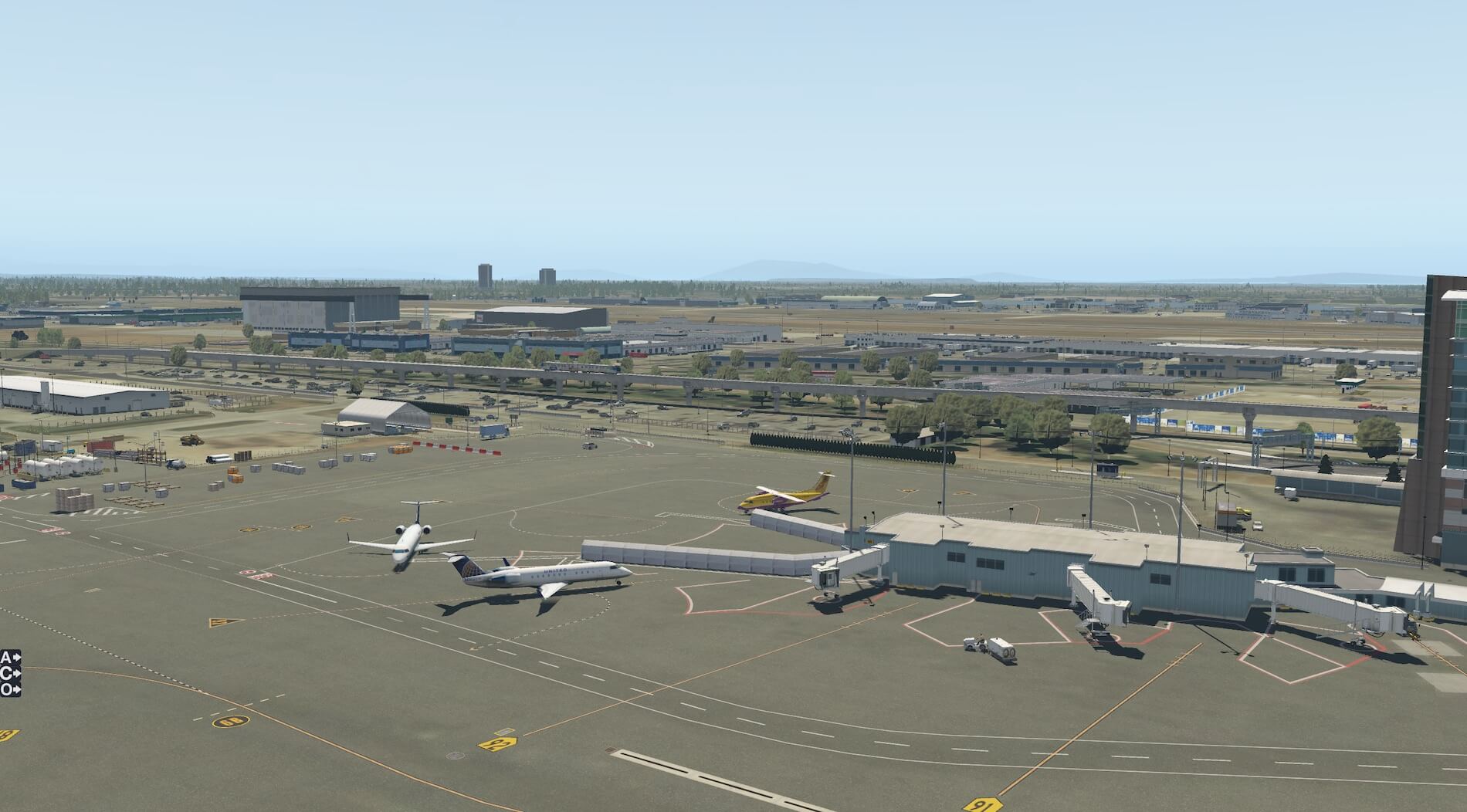
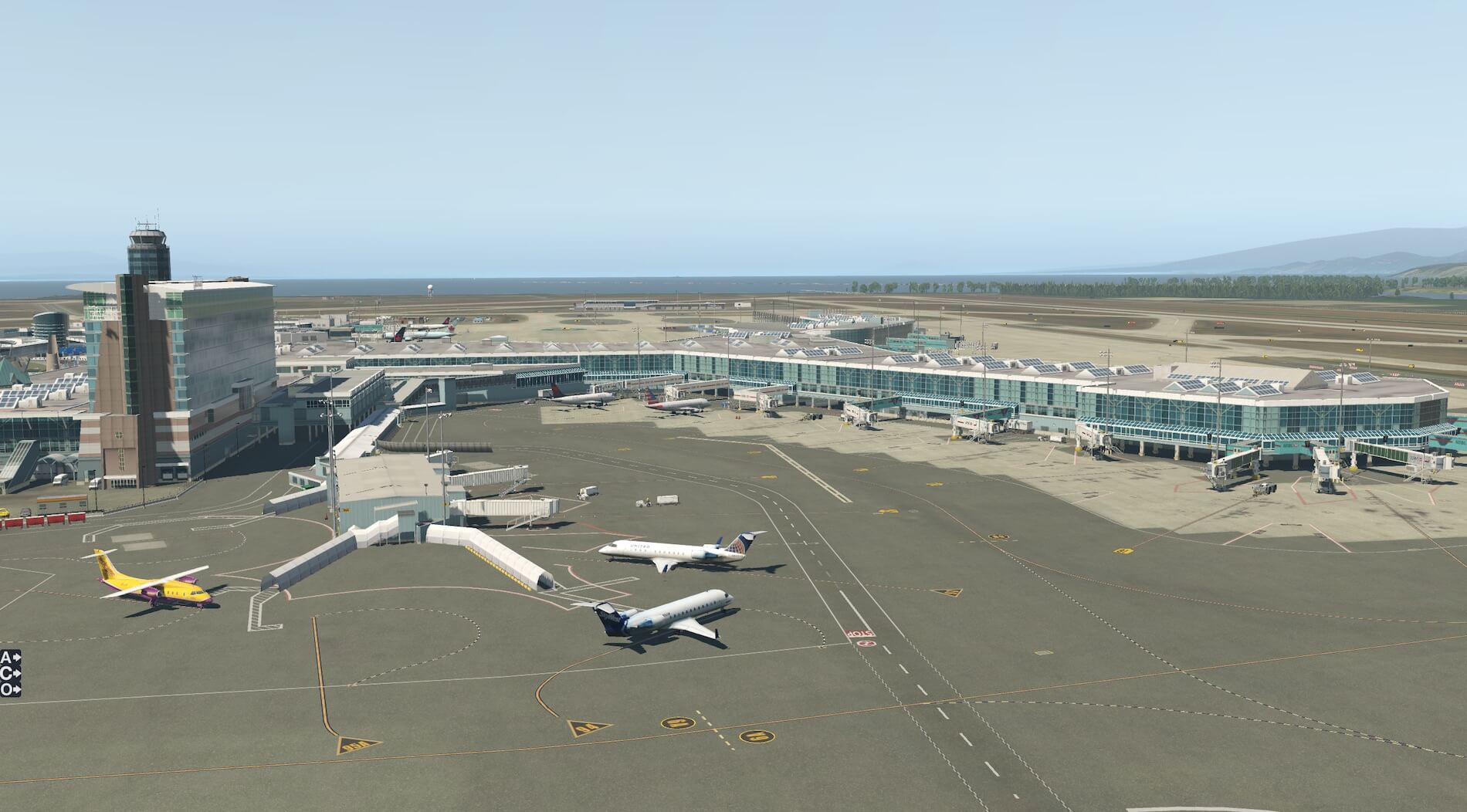

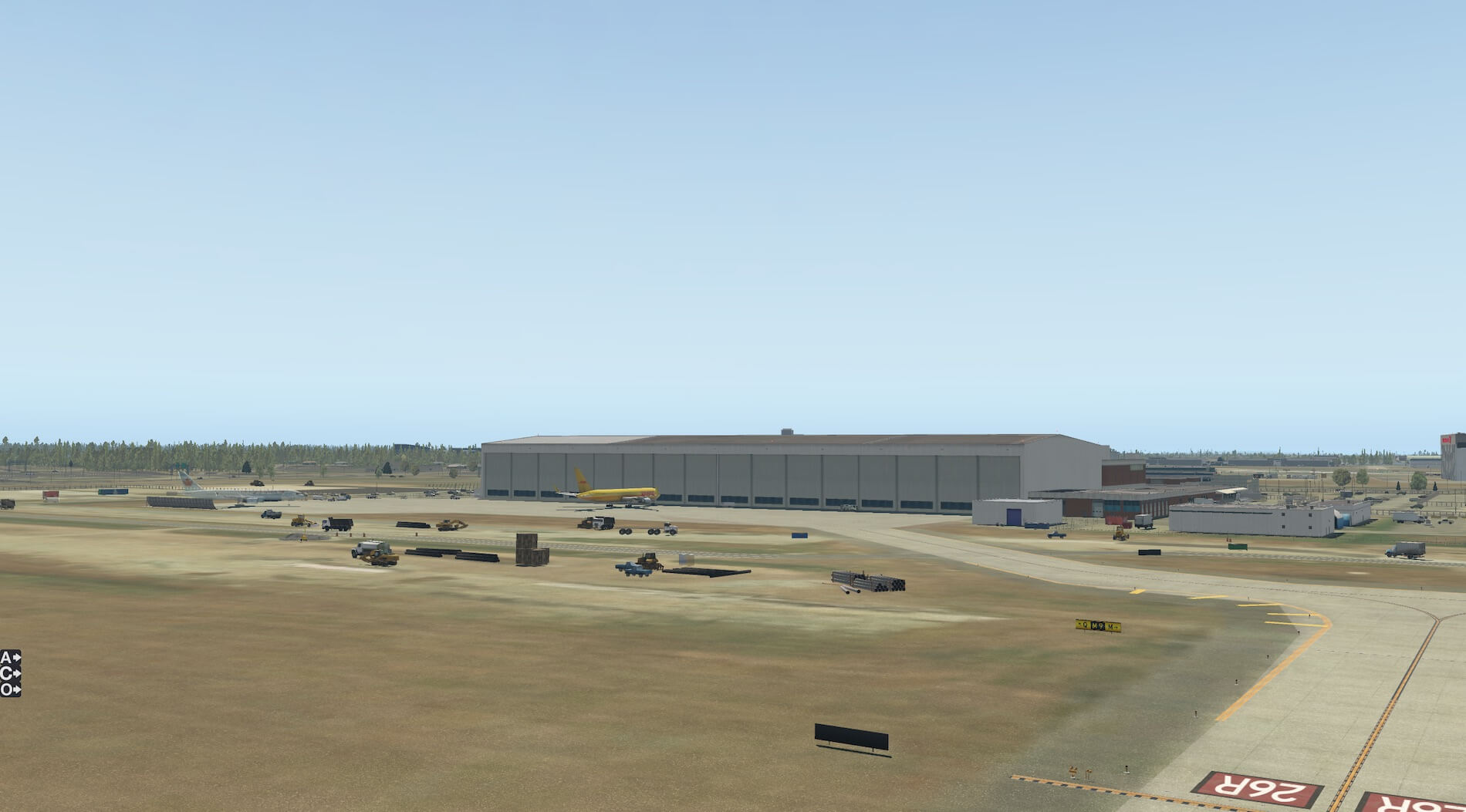








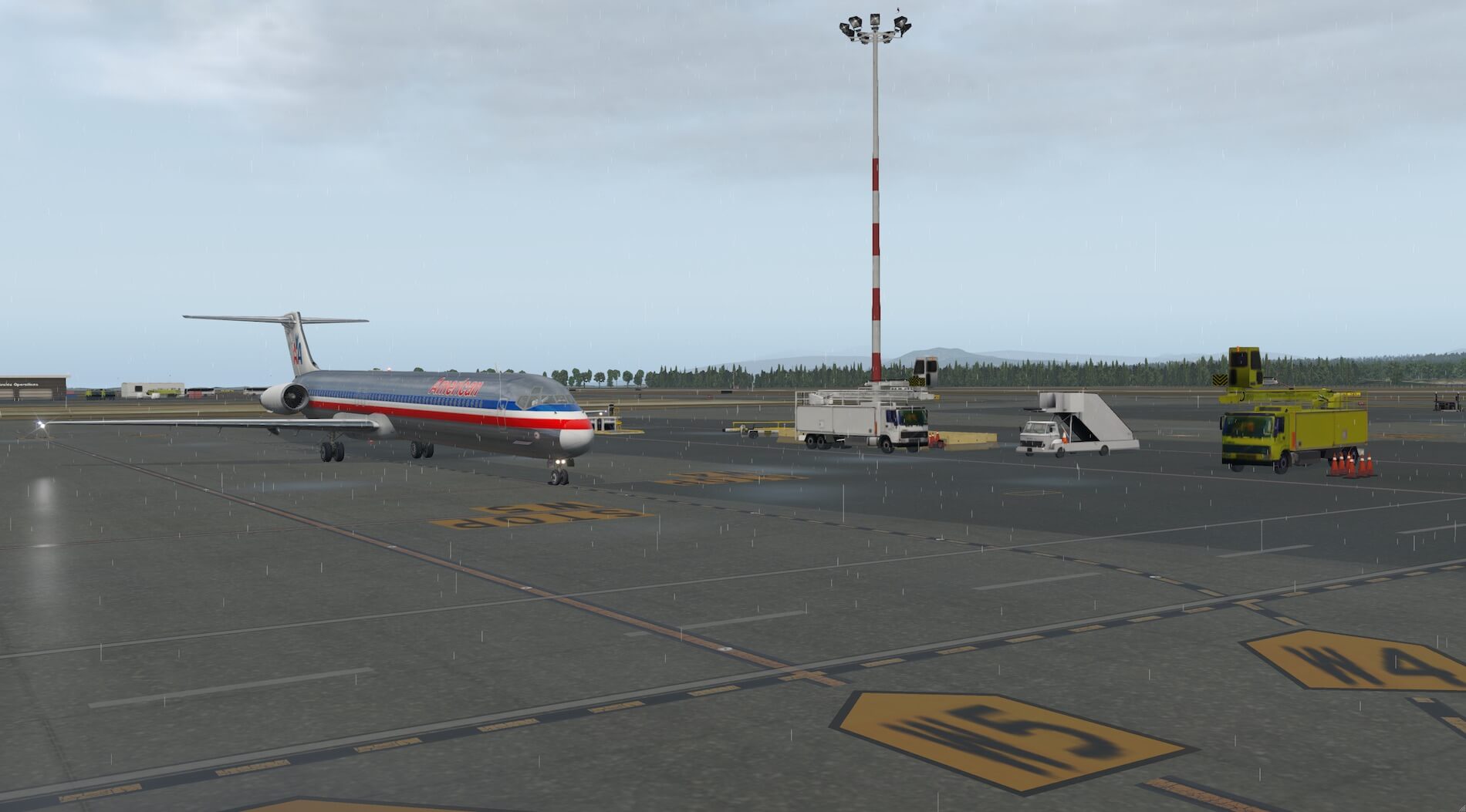
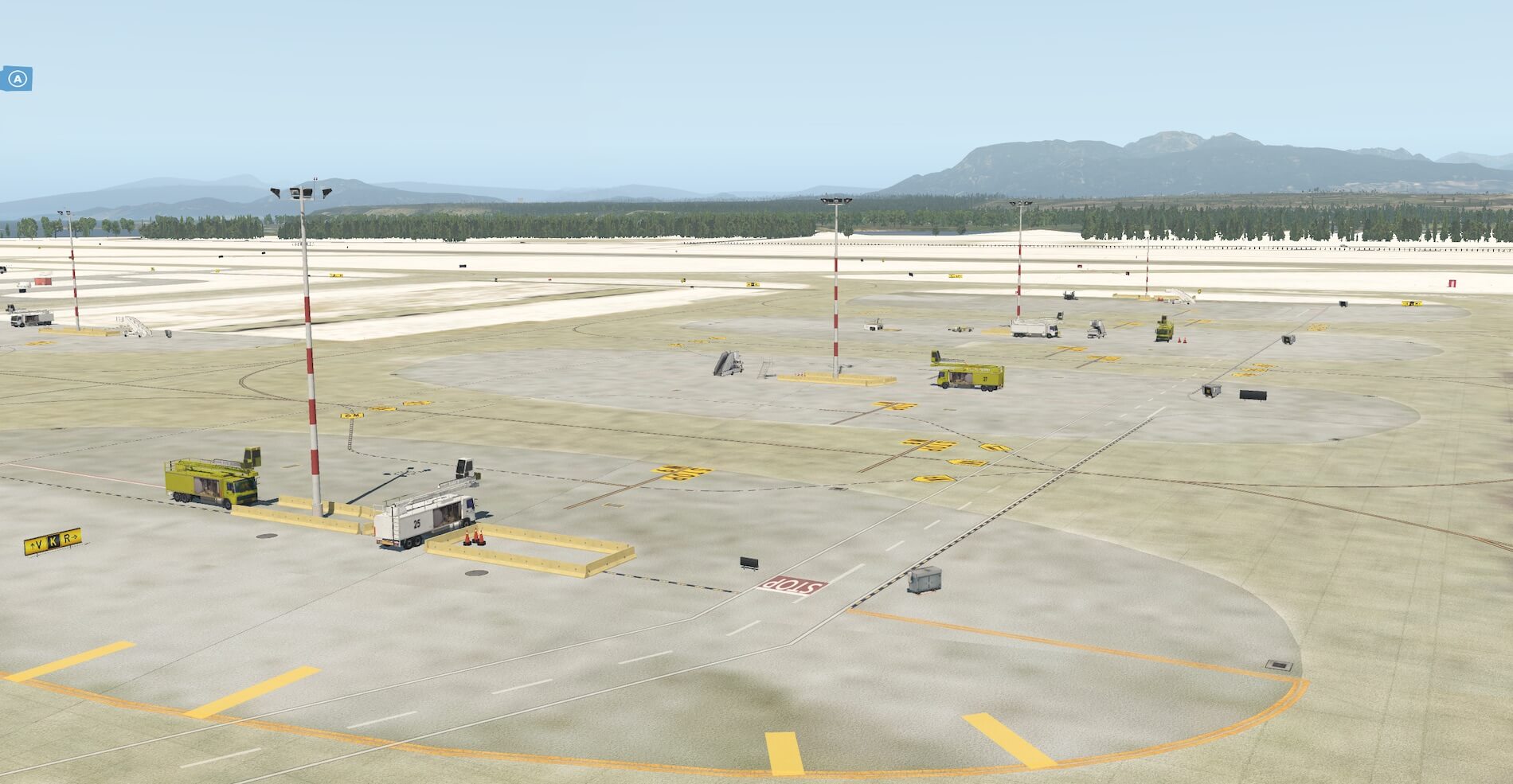
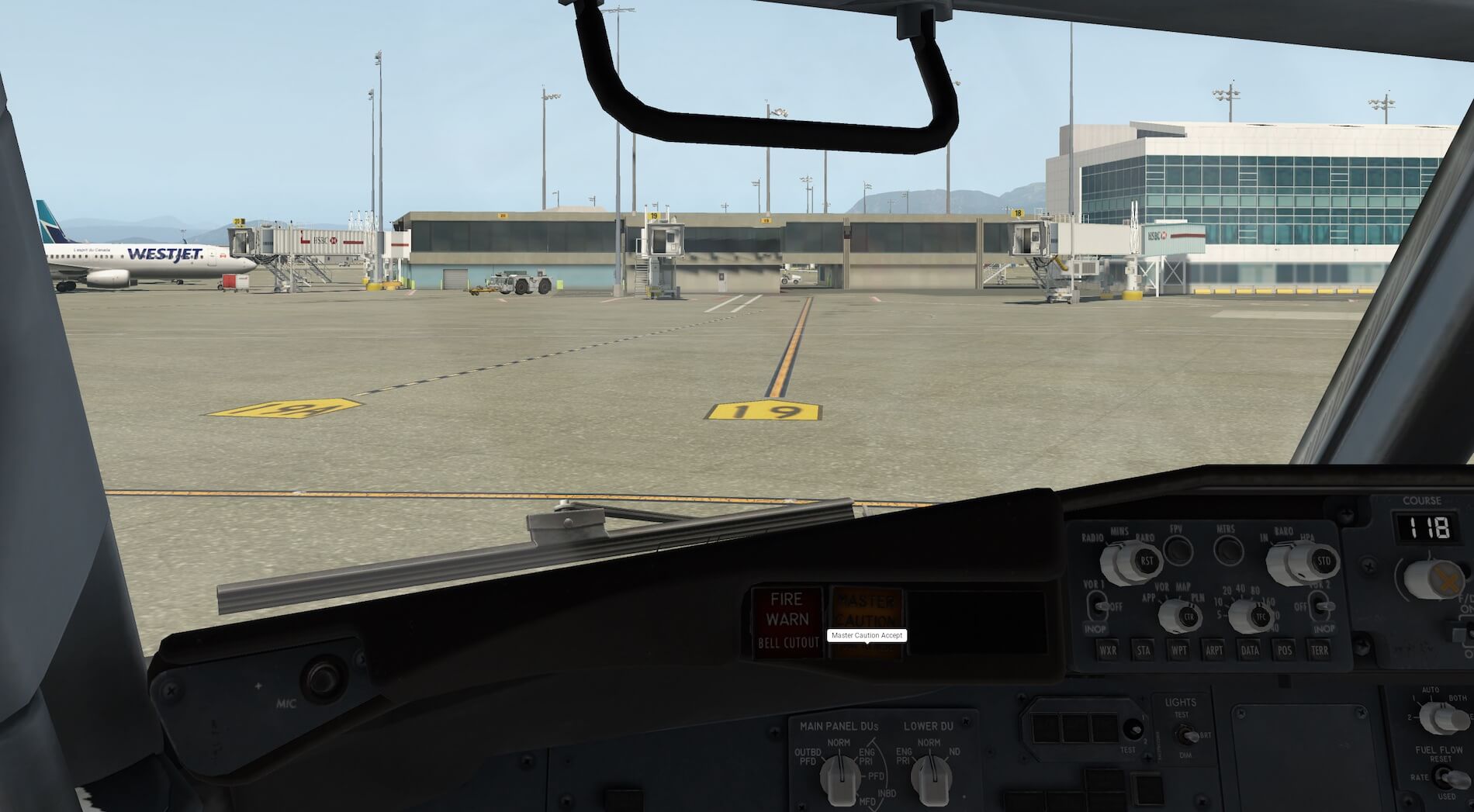





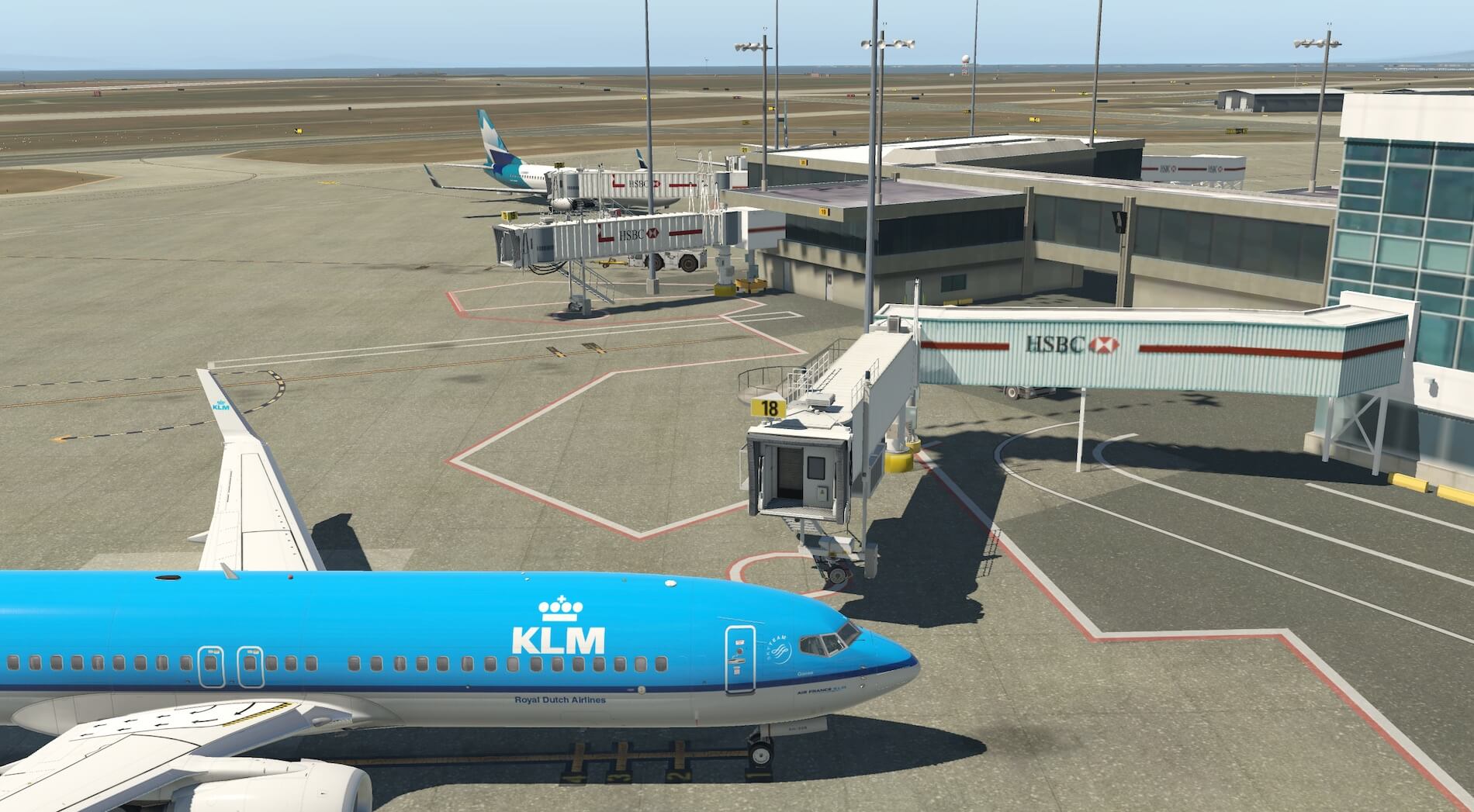
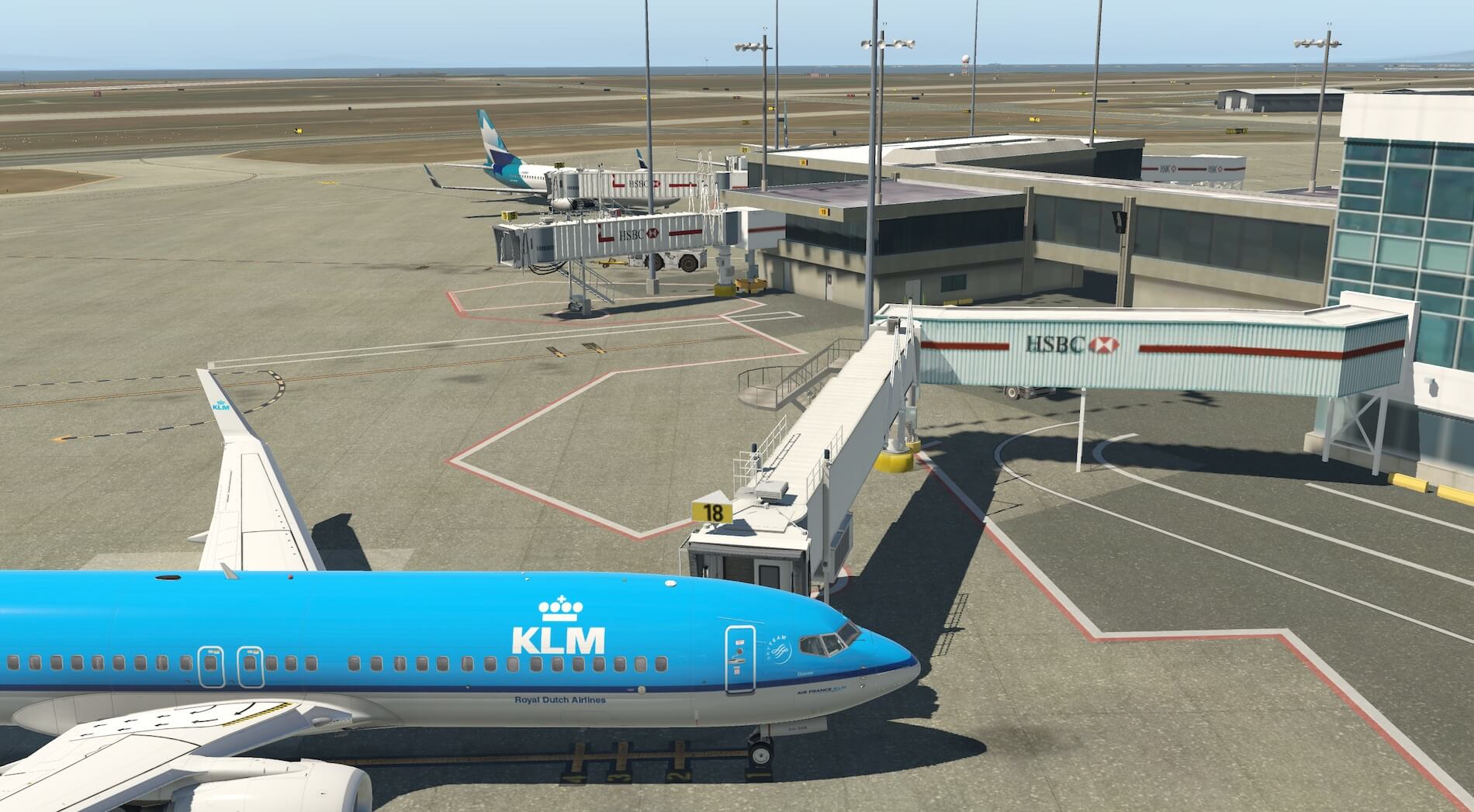
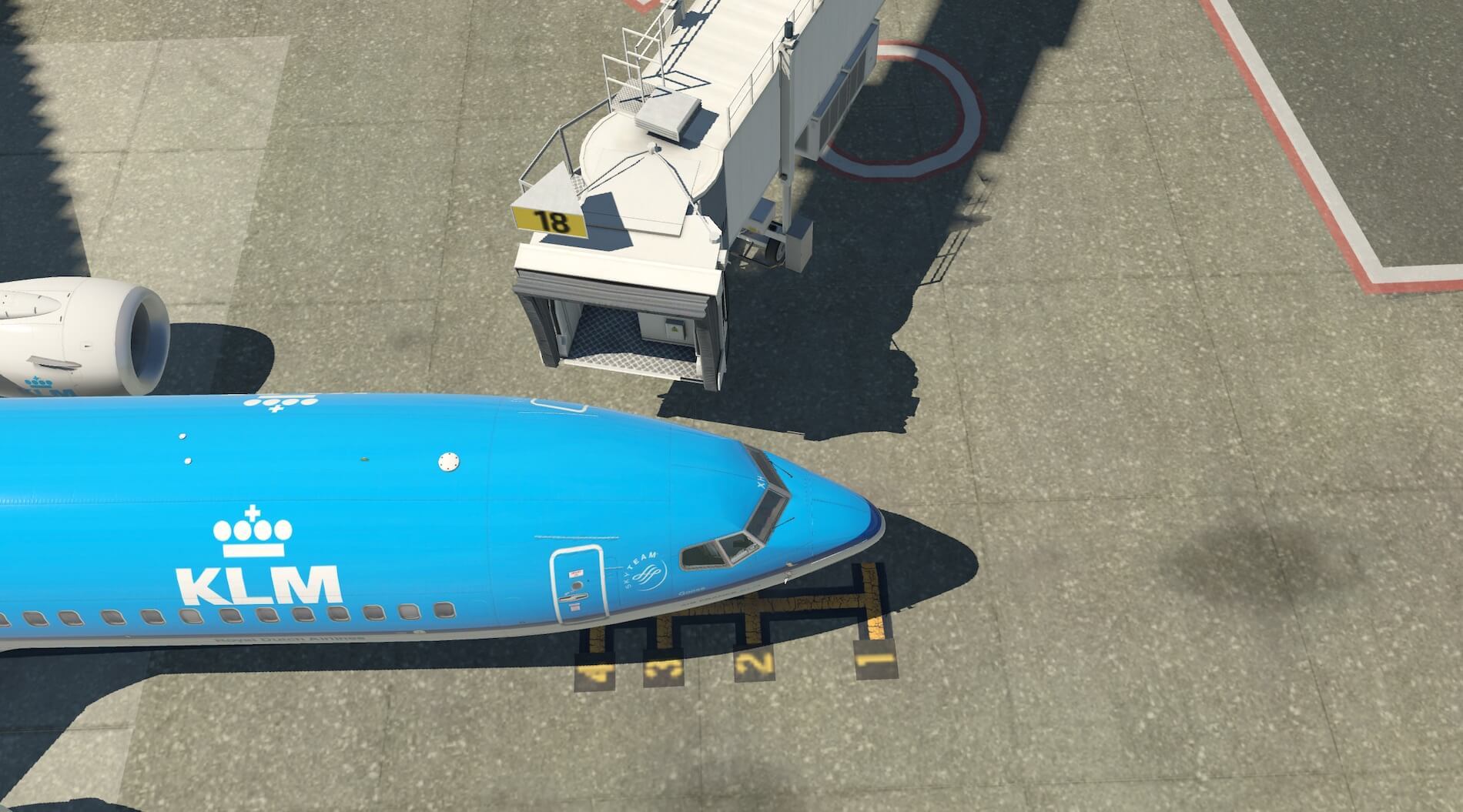





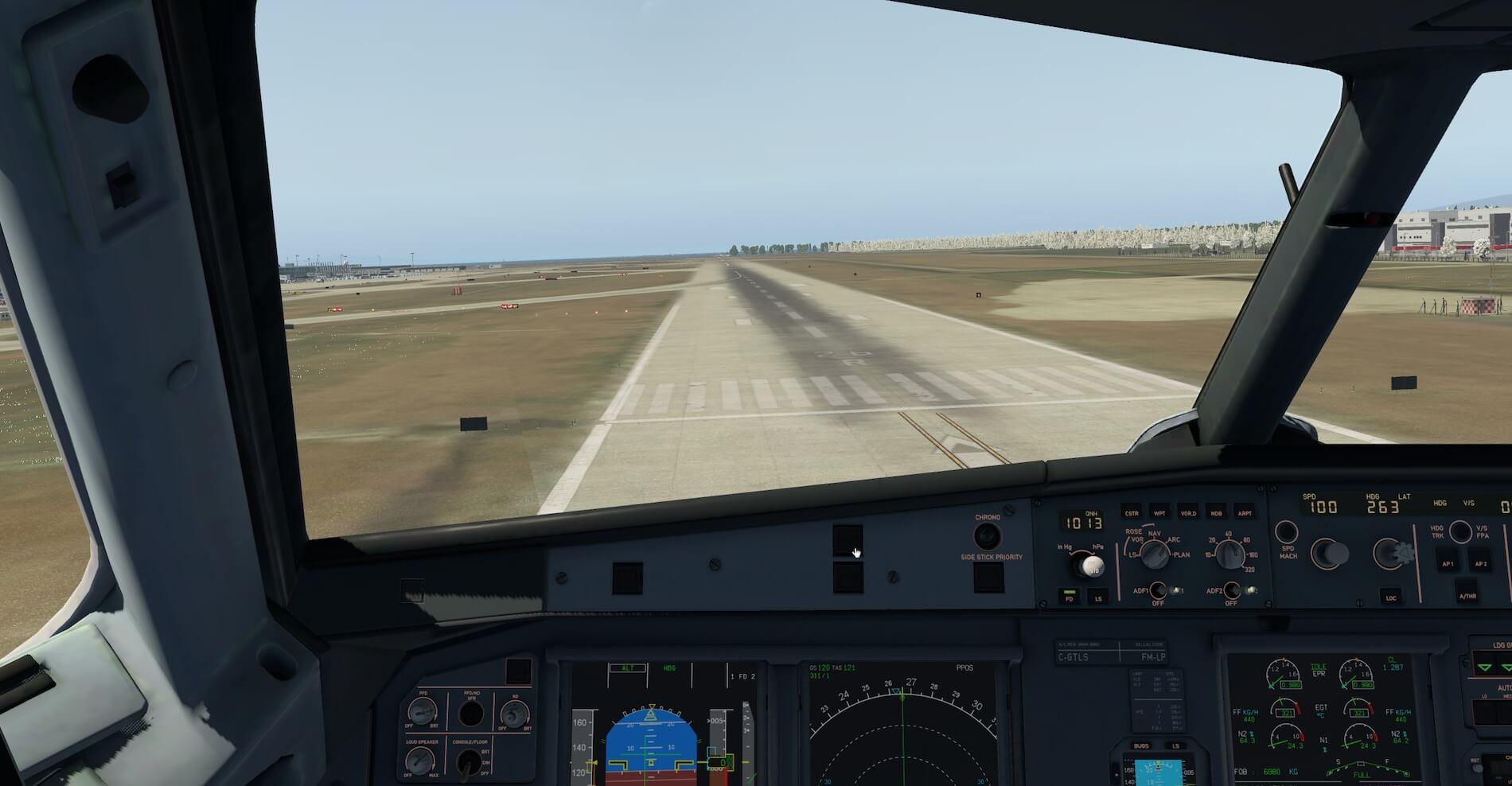

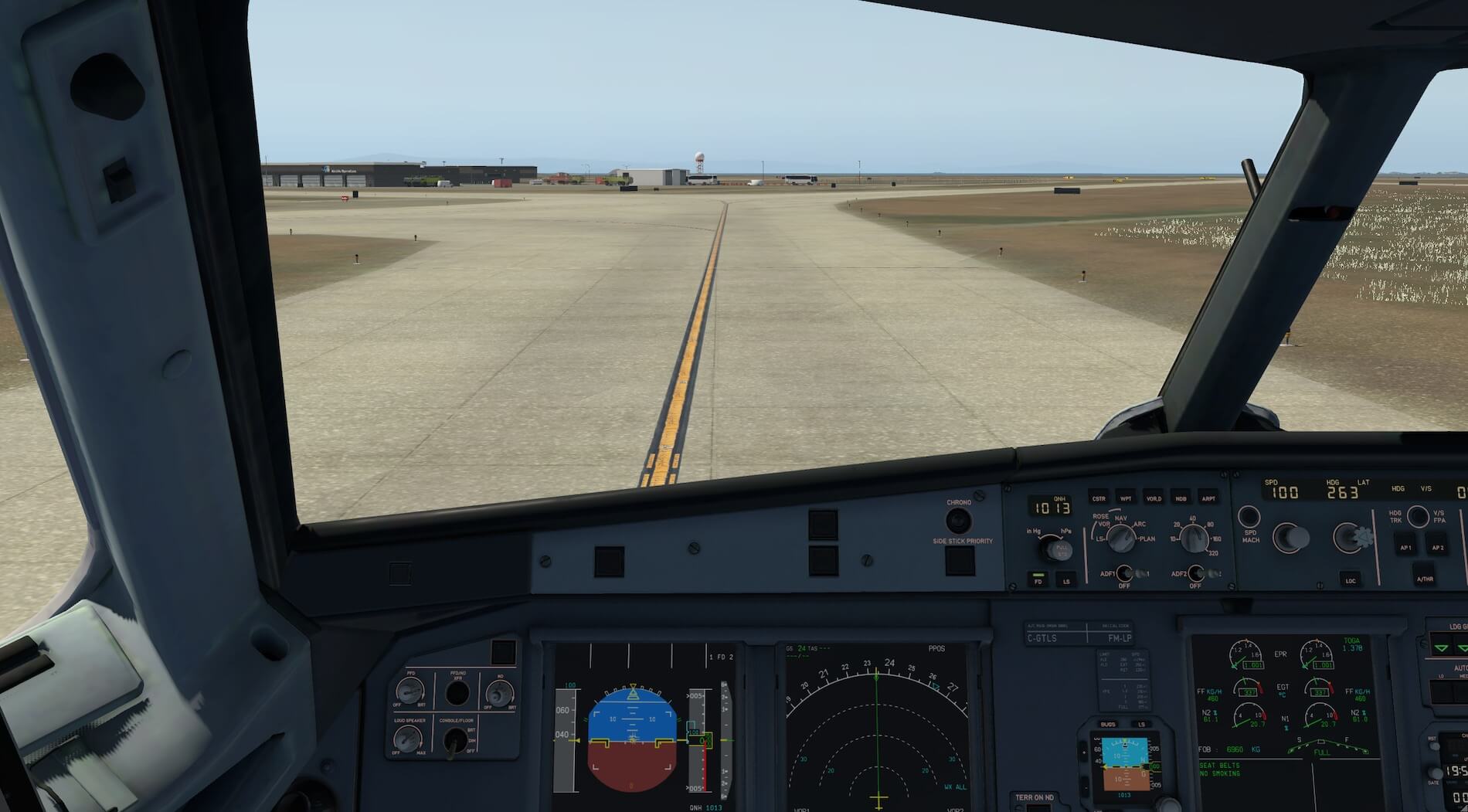
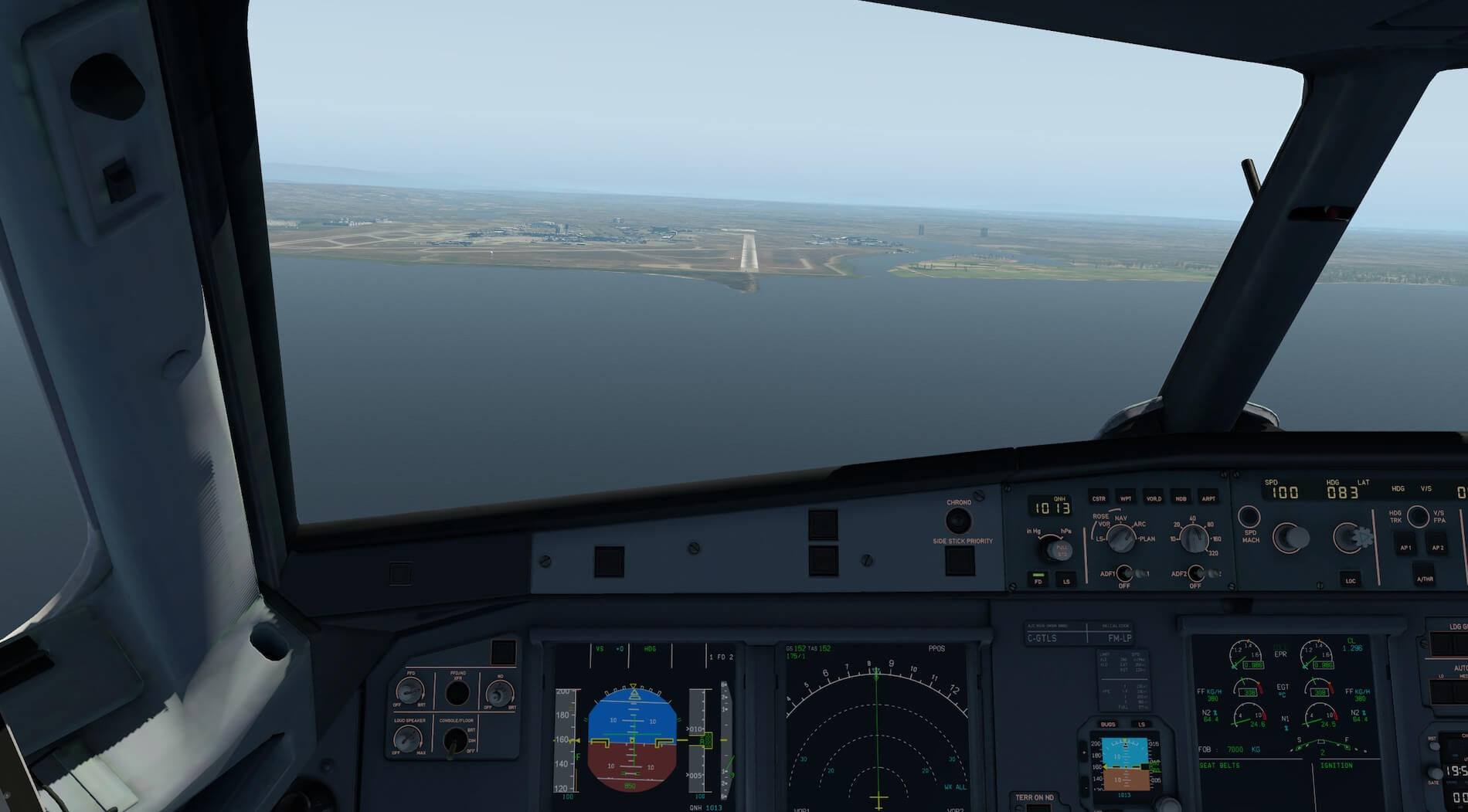



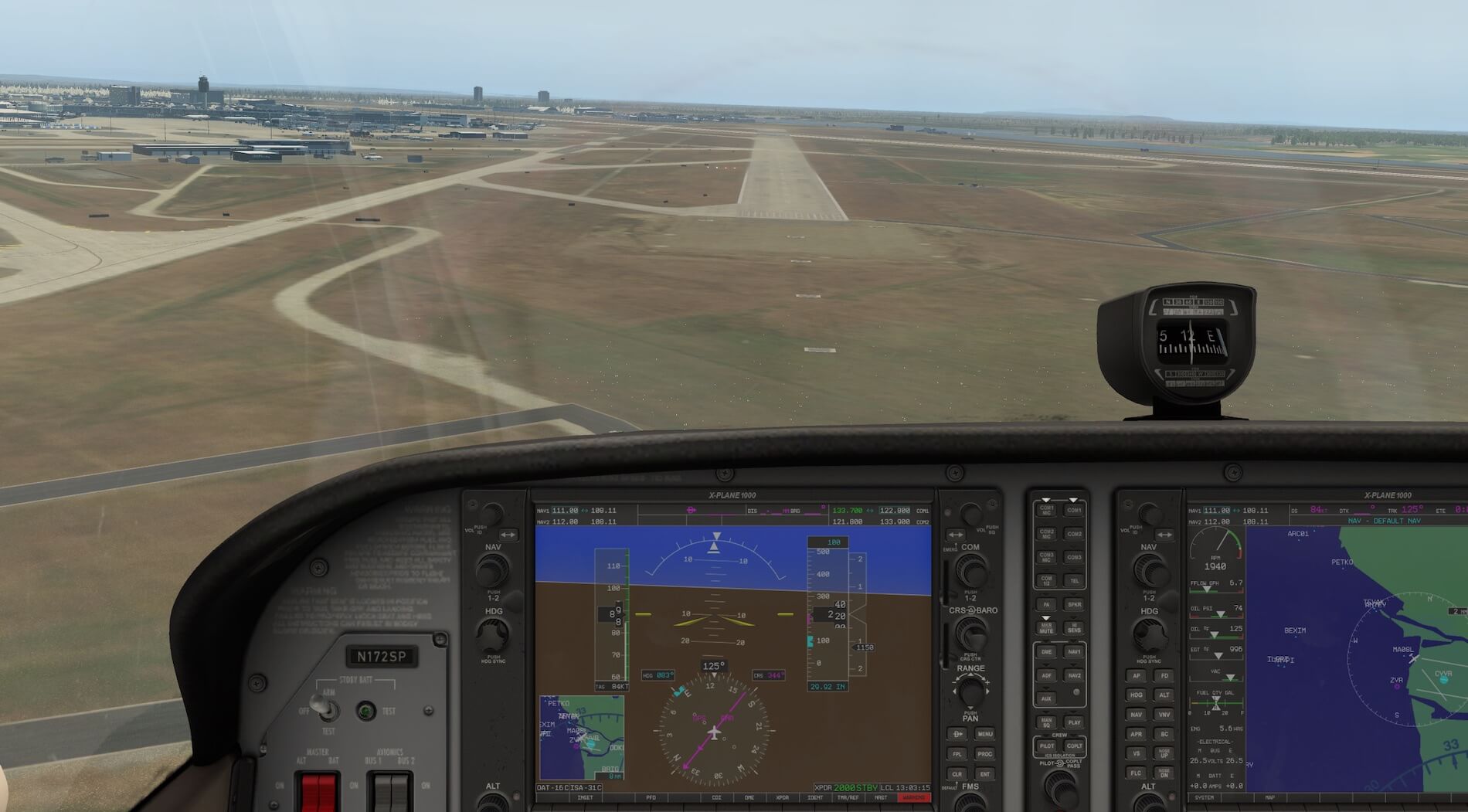


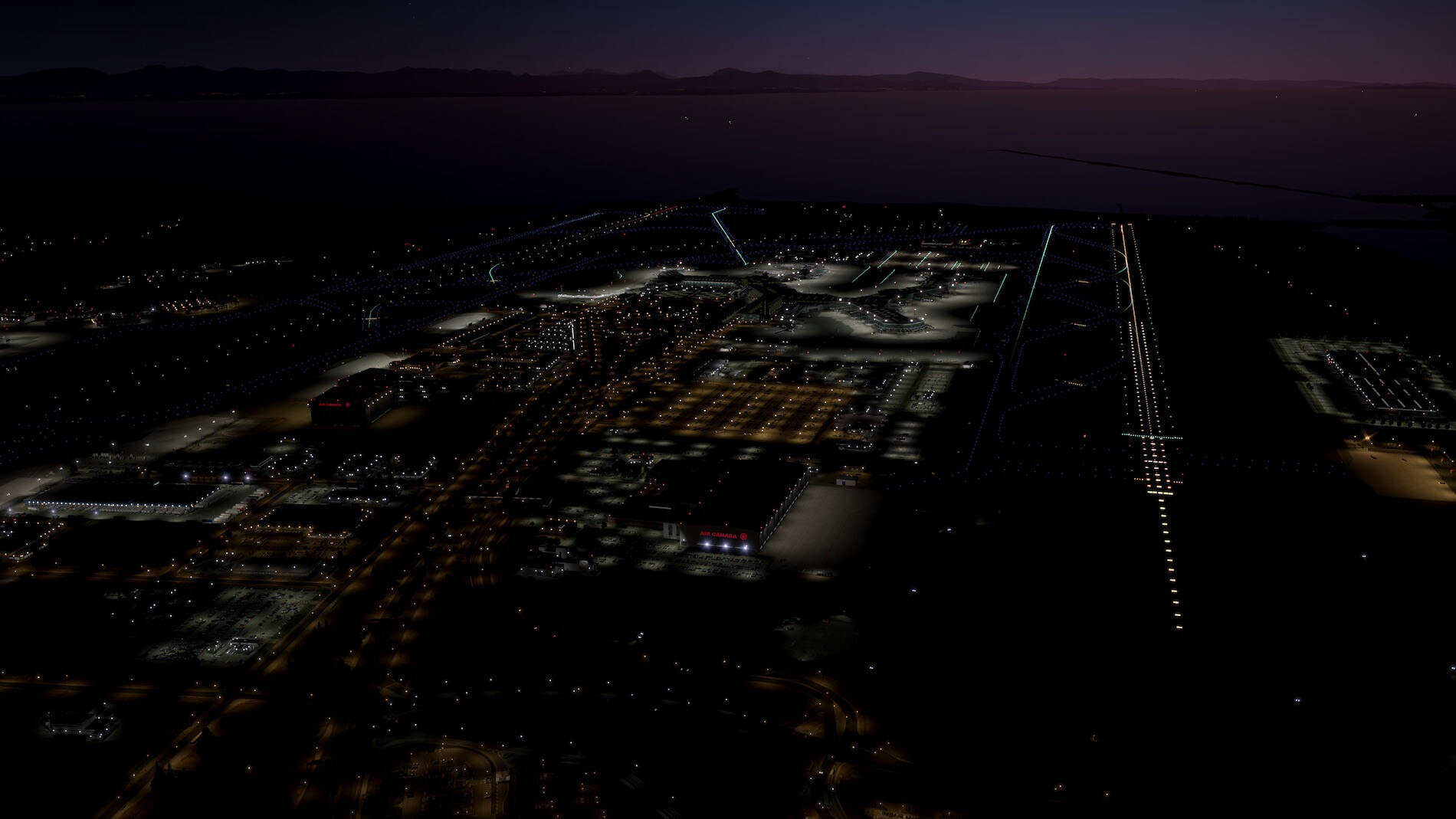

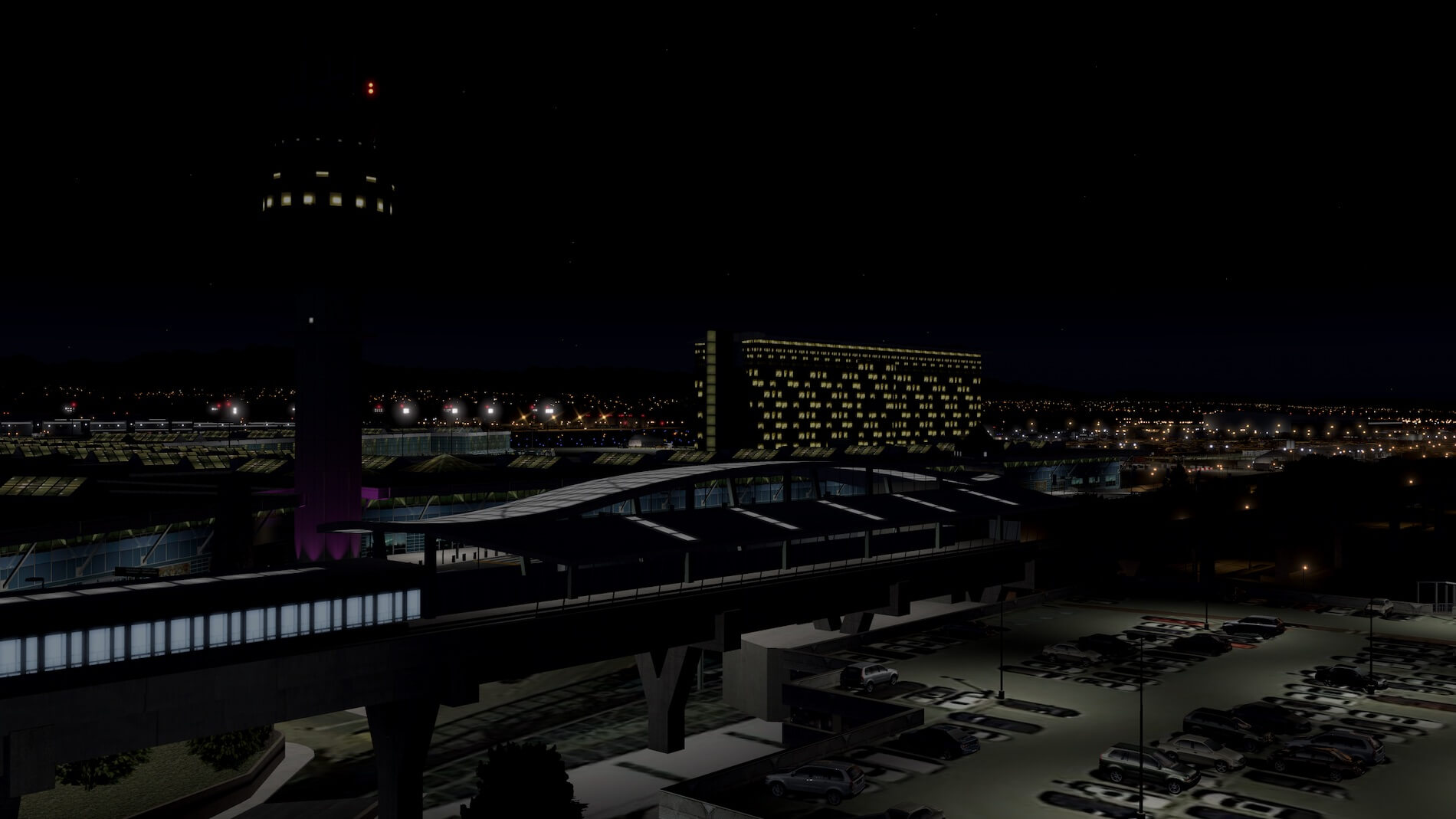
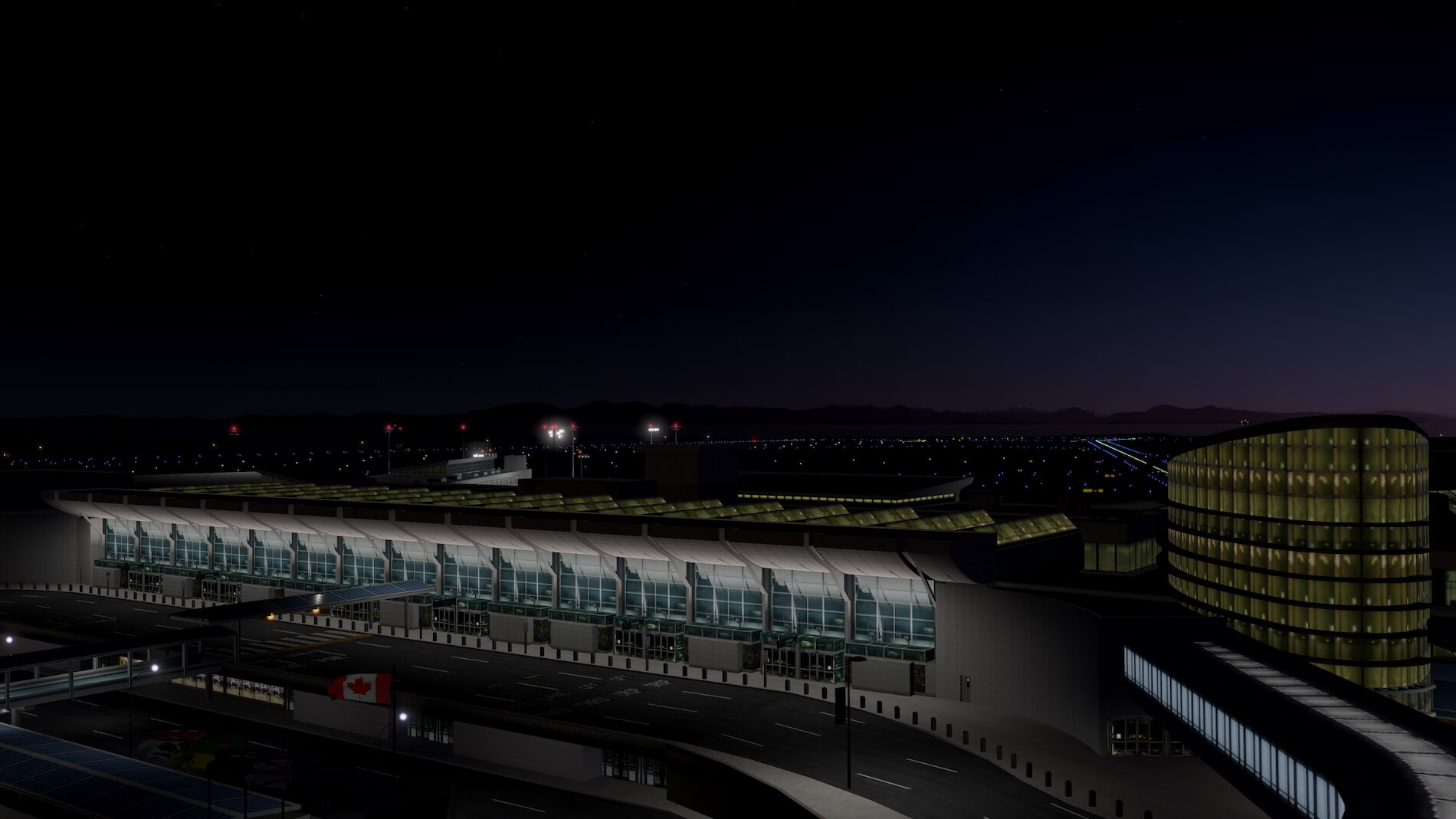

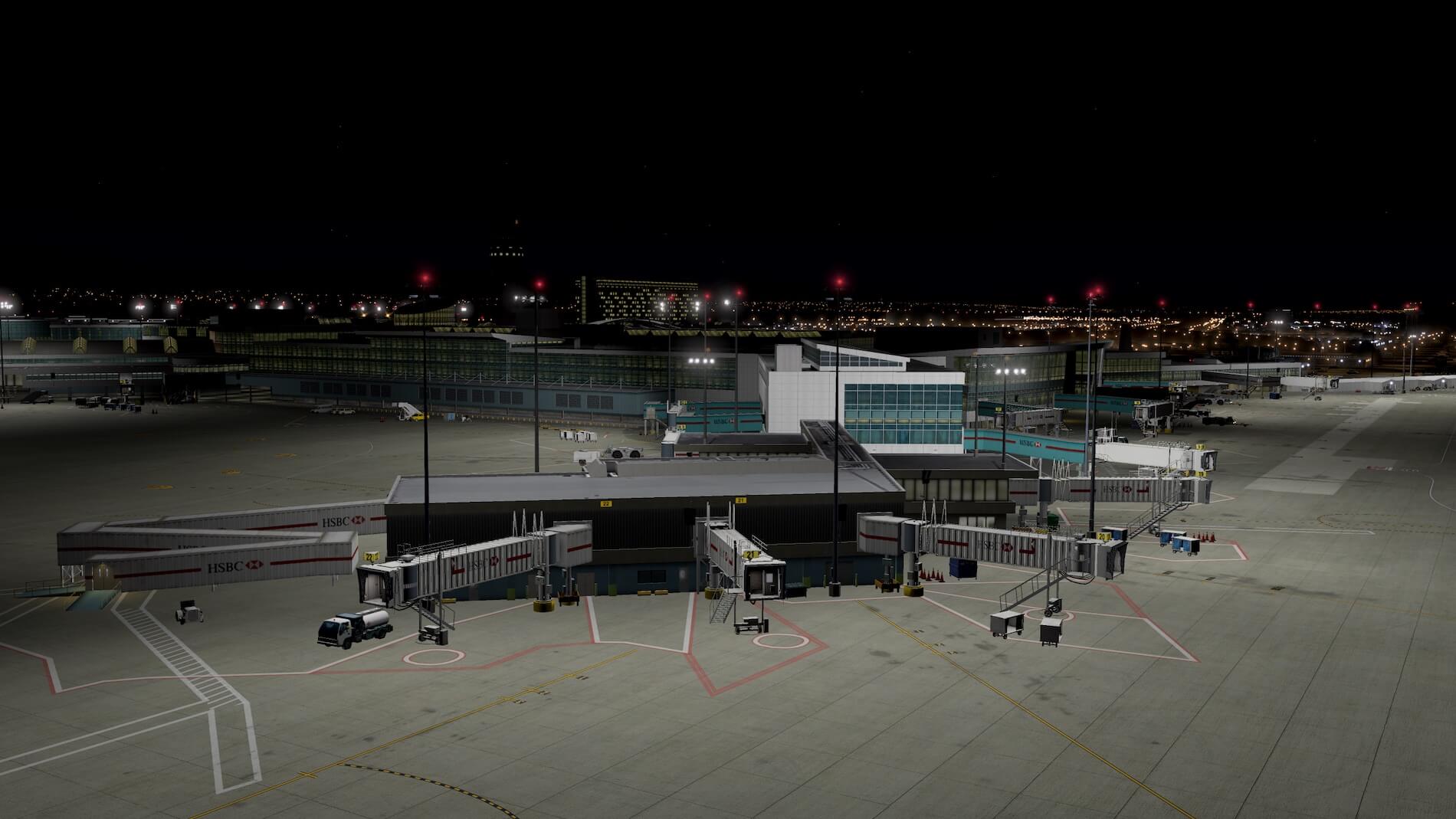
0 Comments